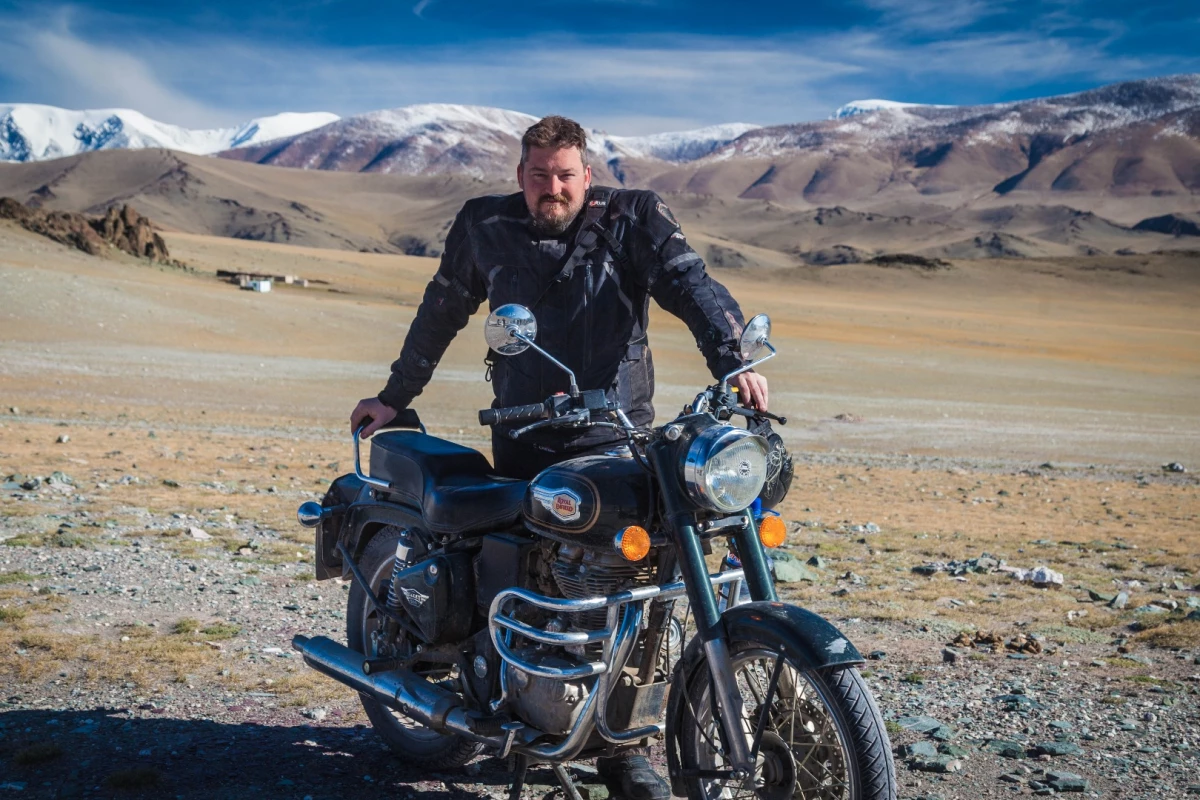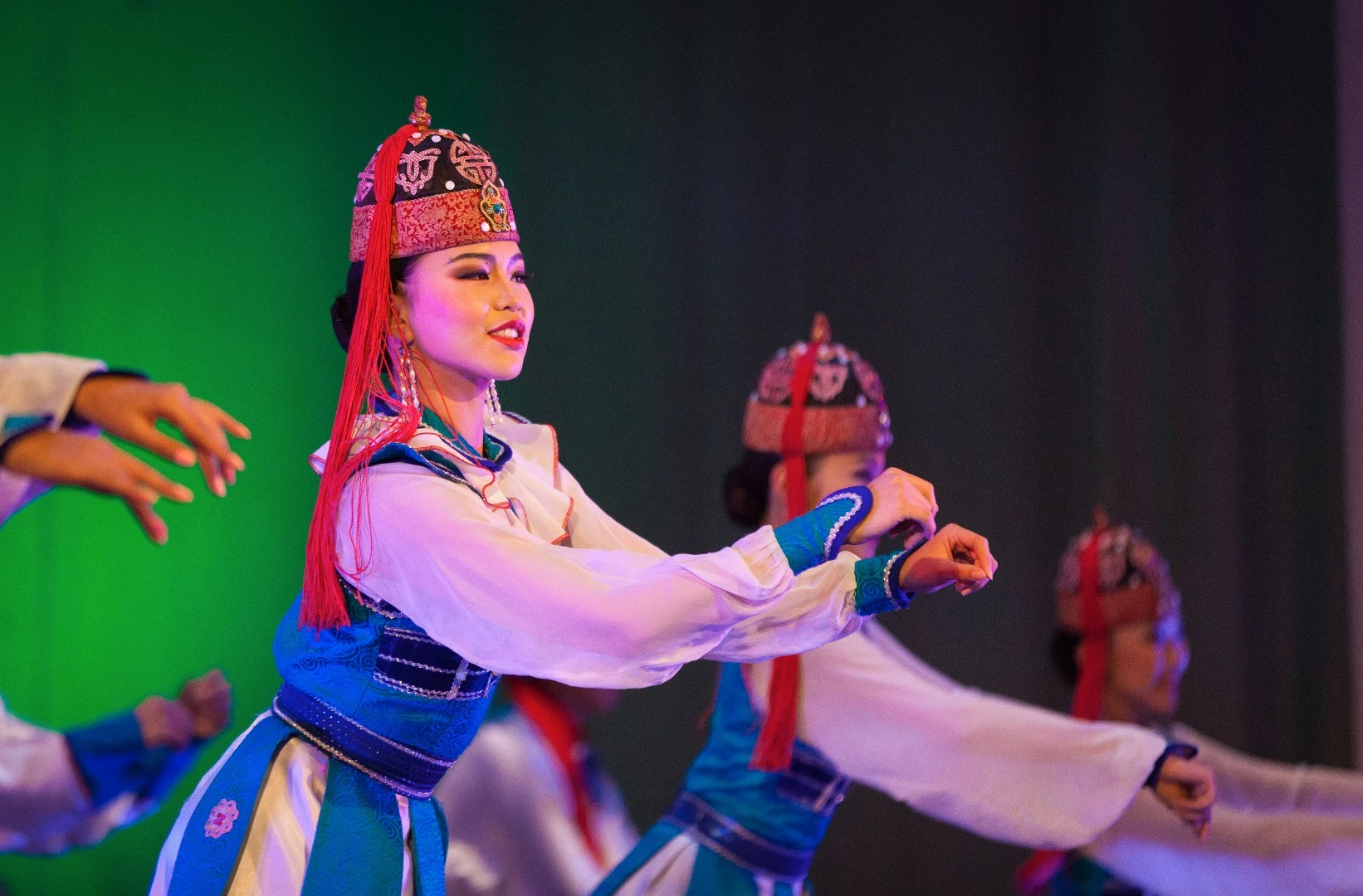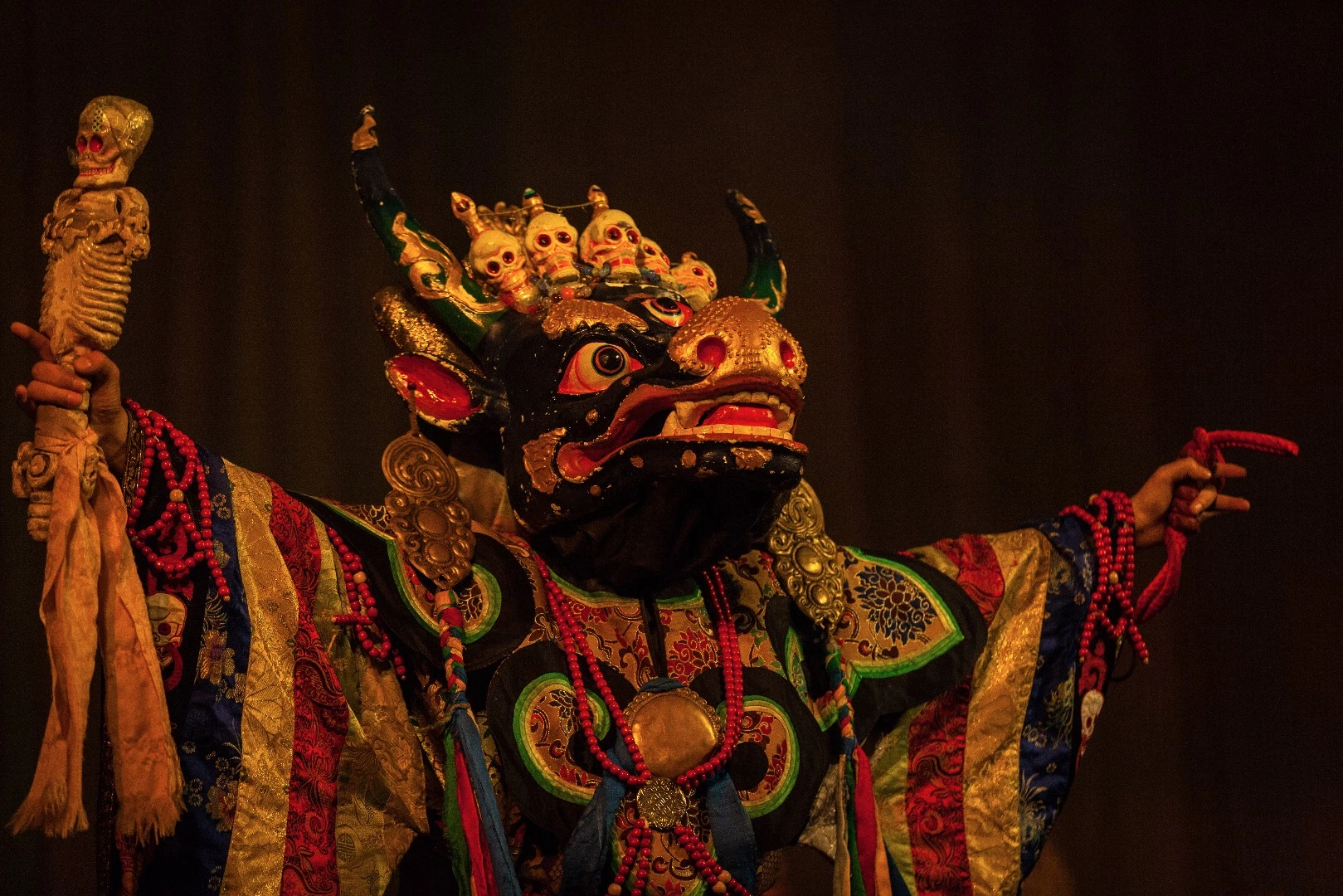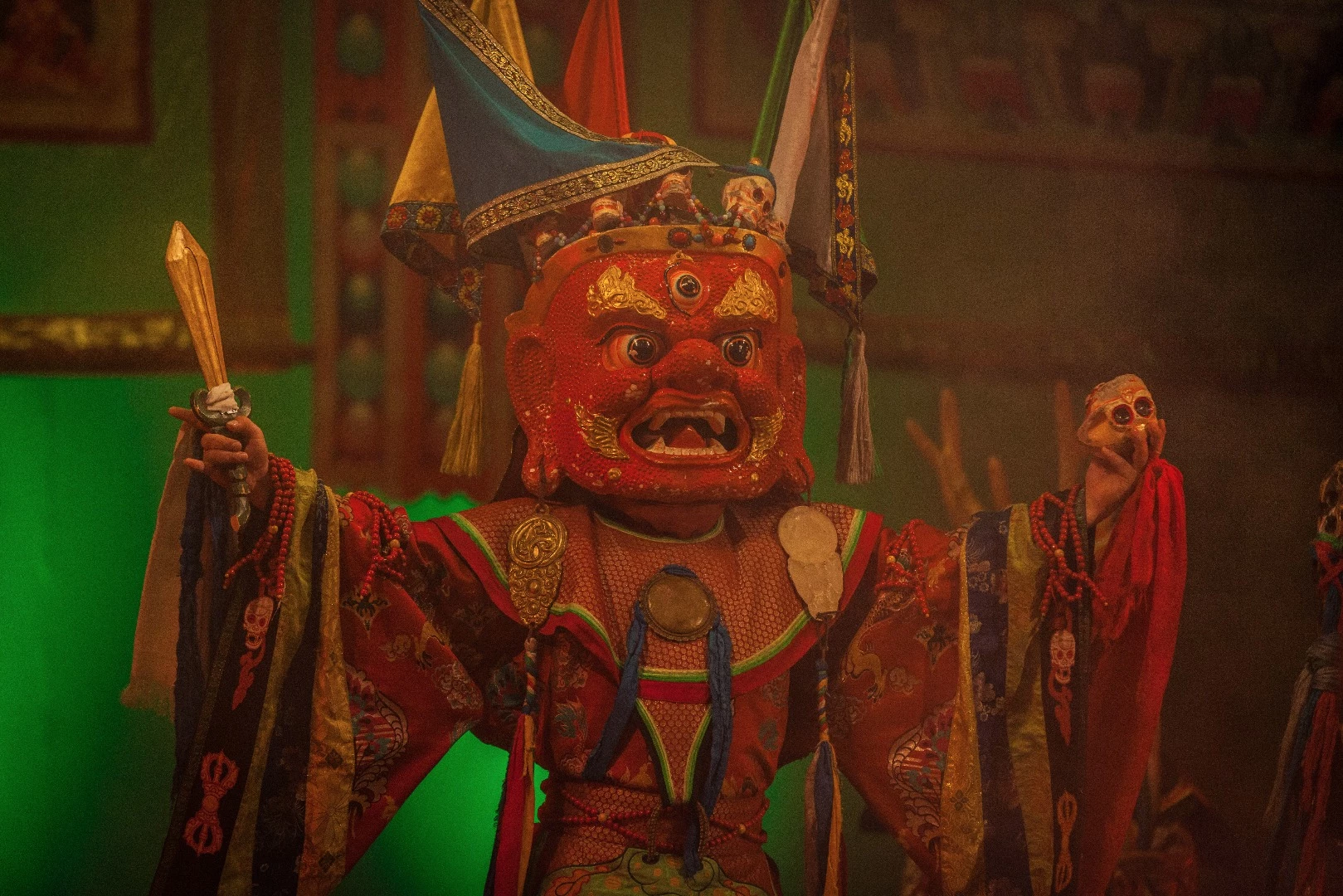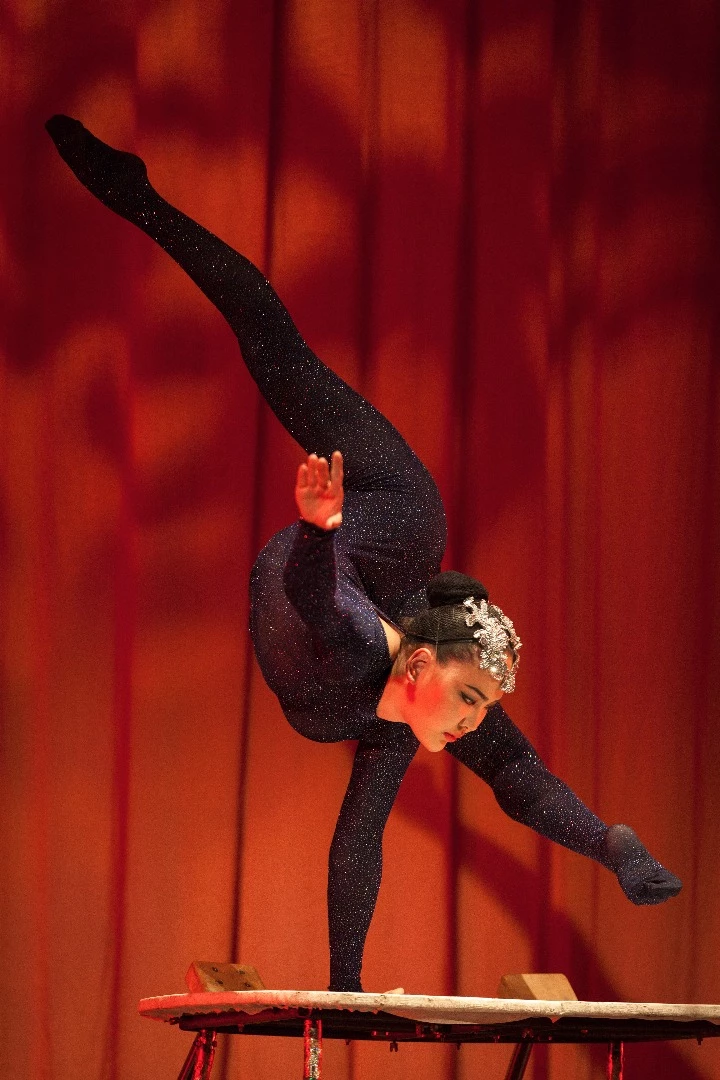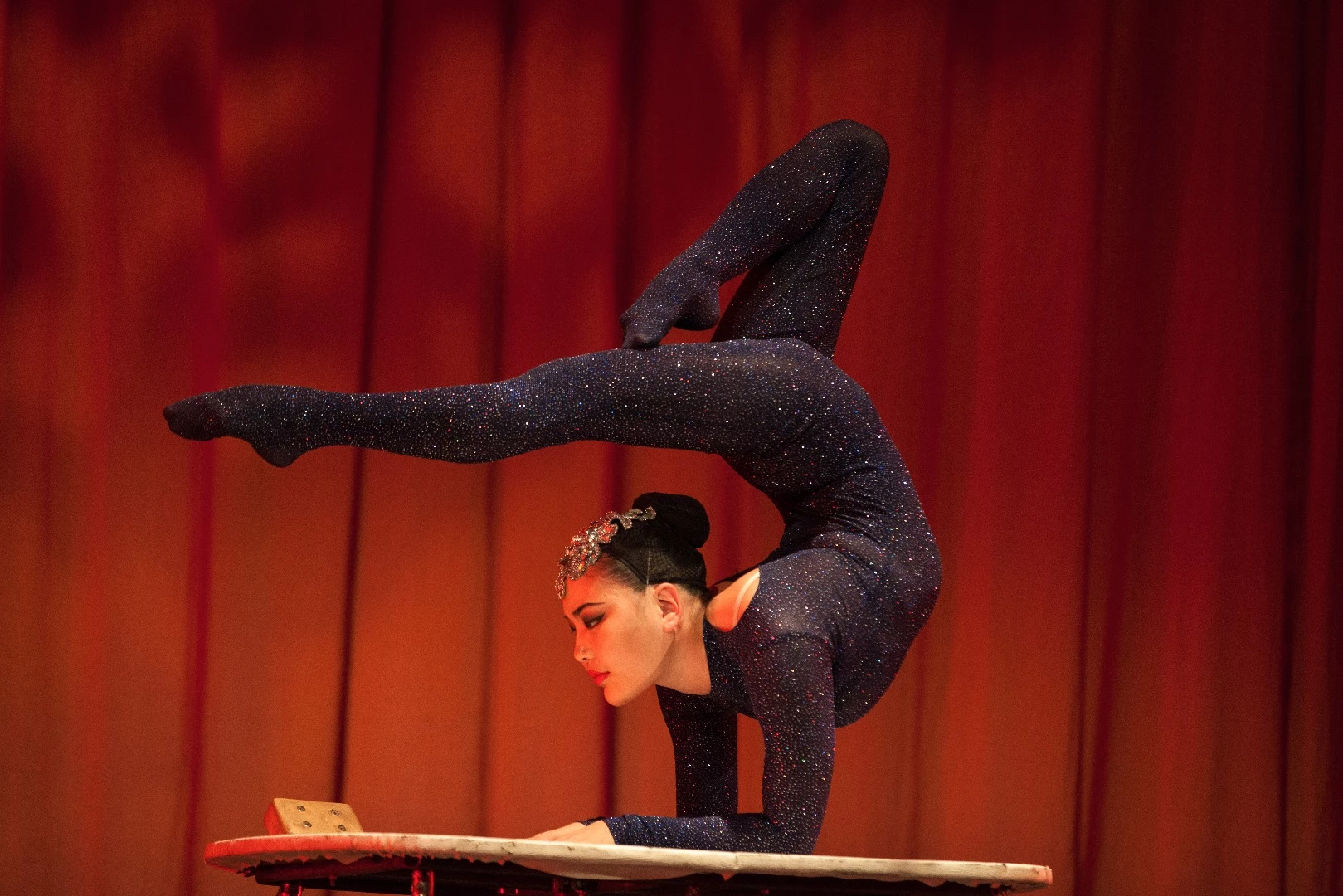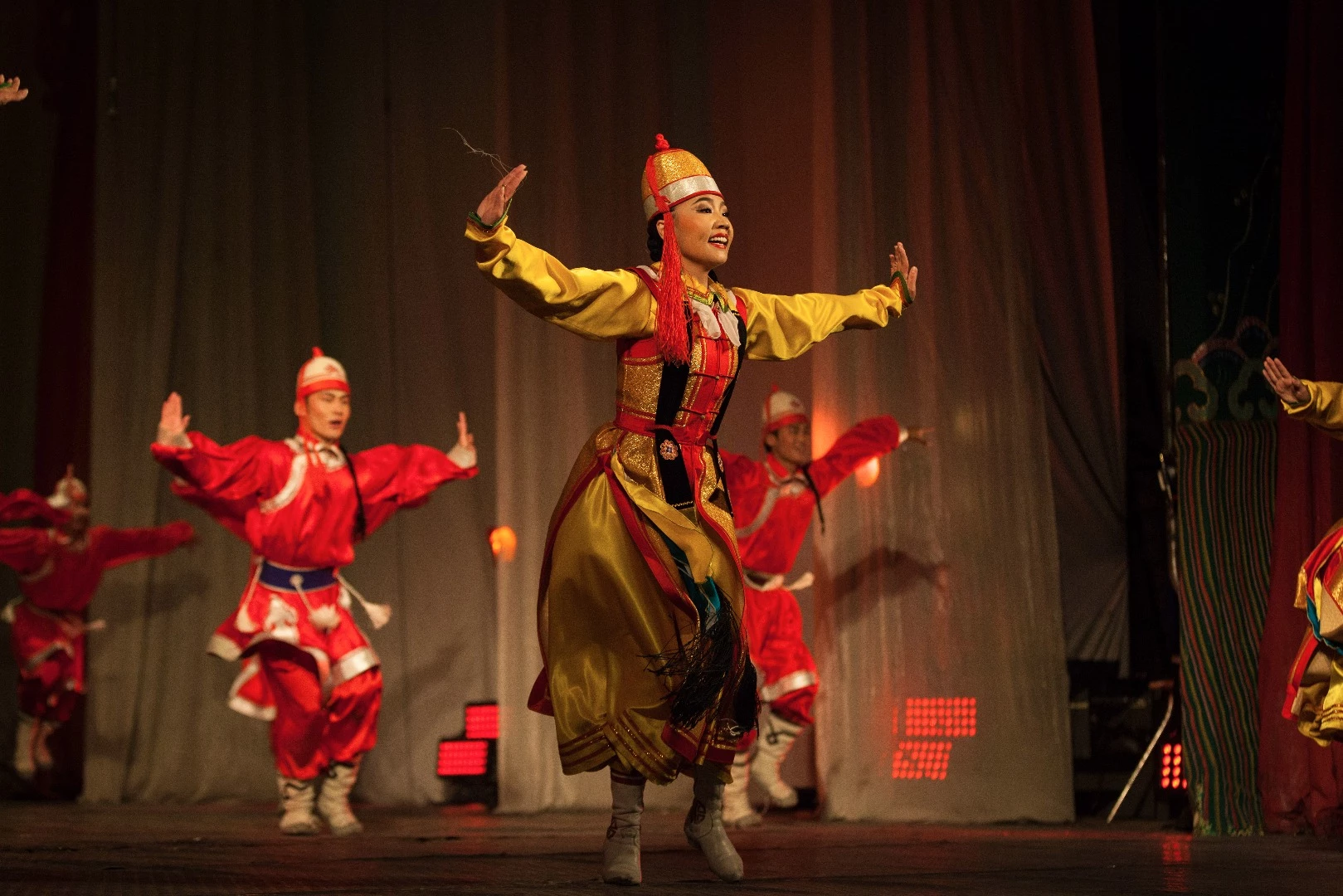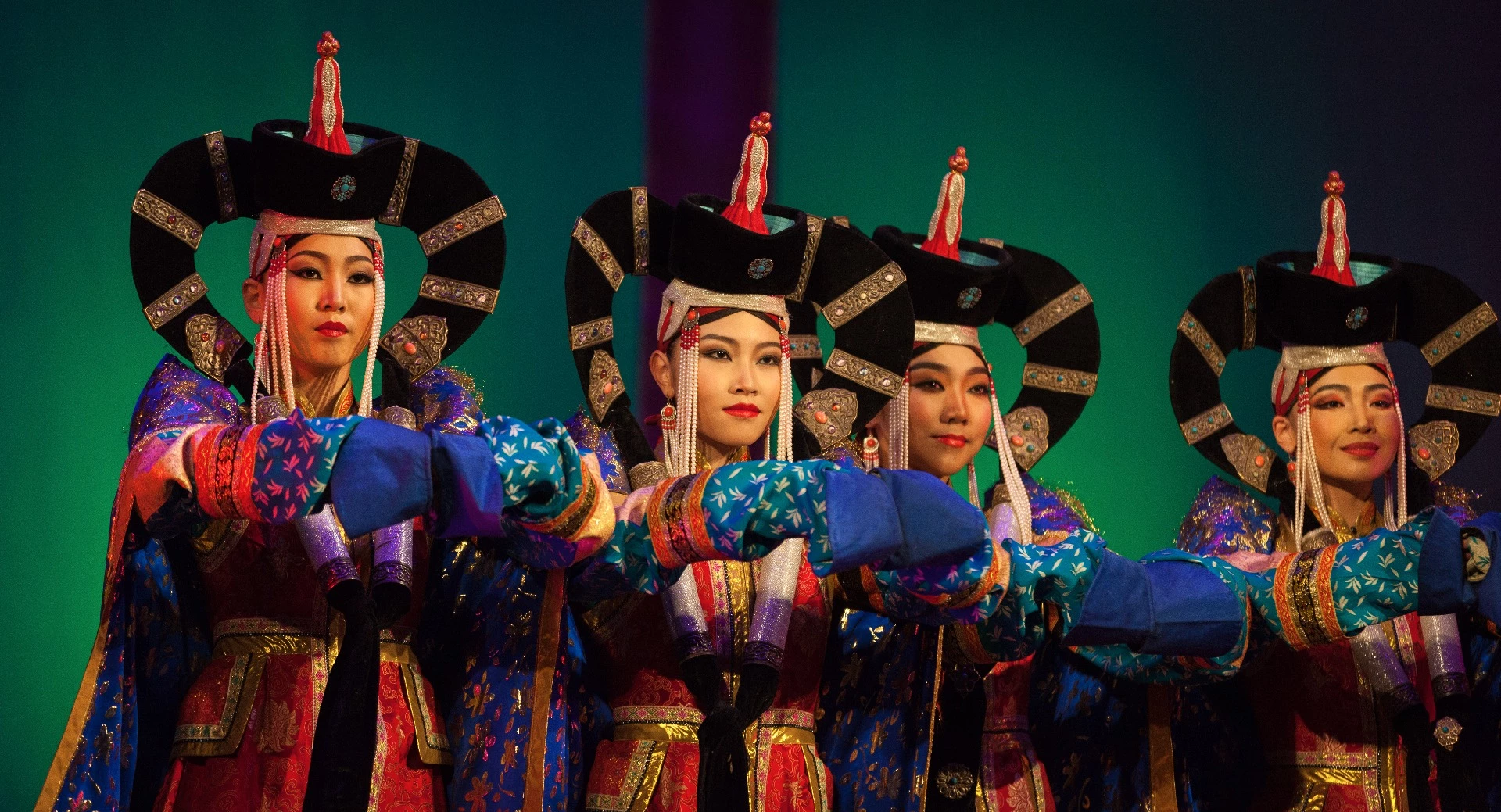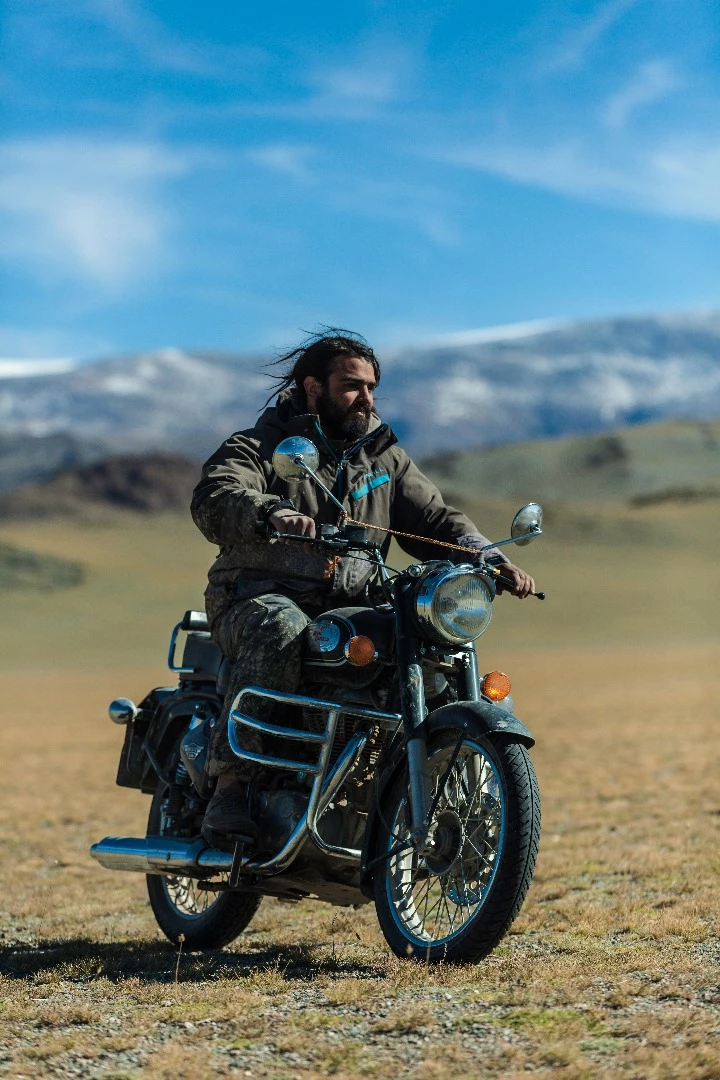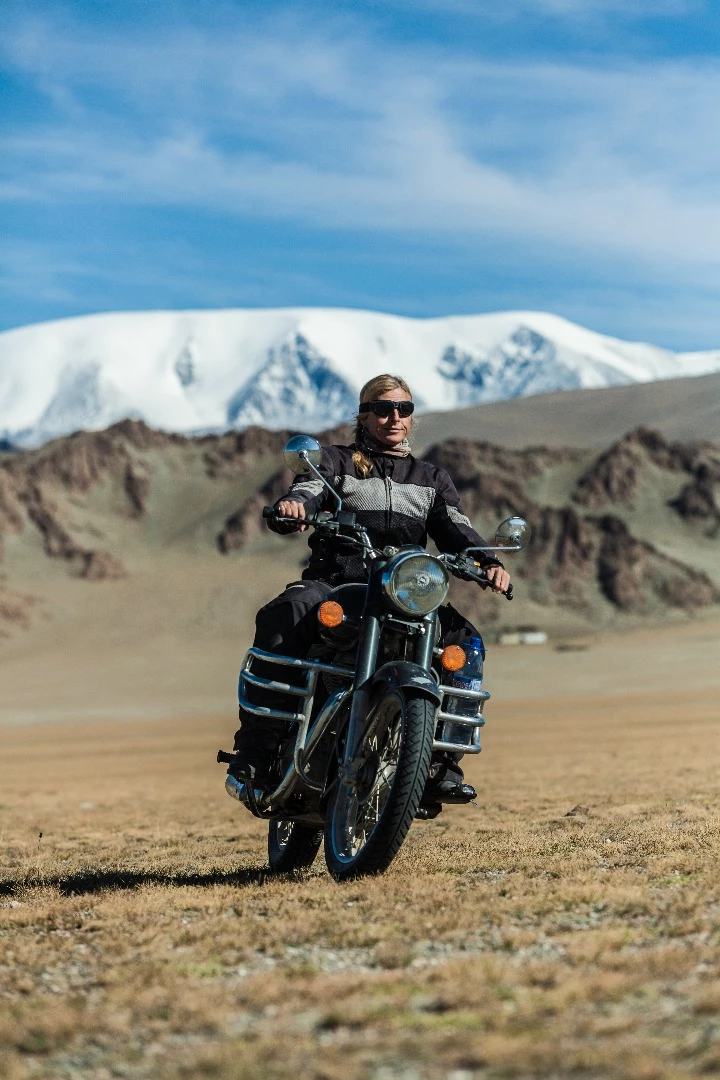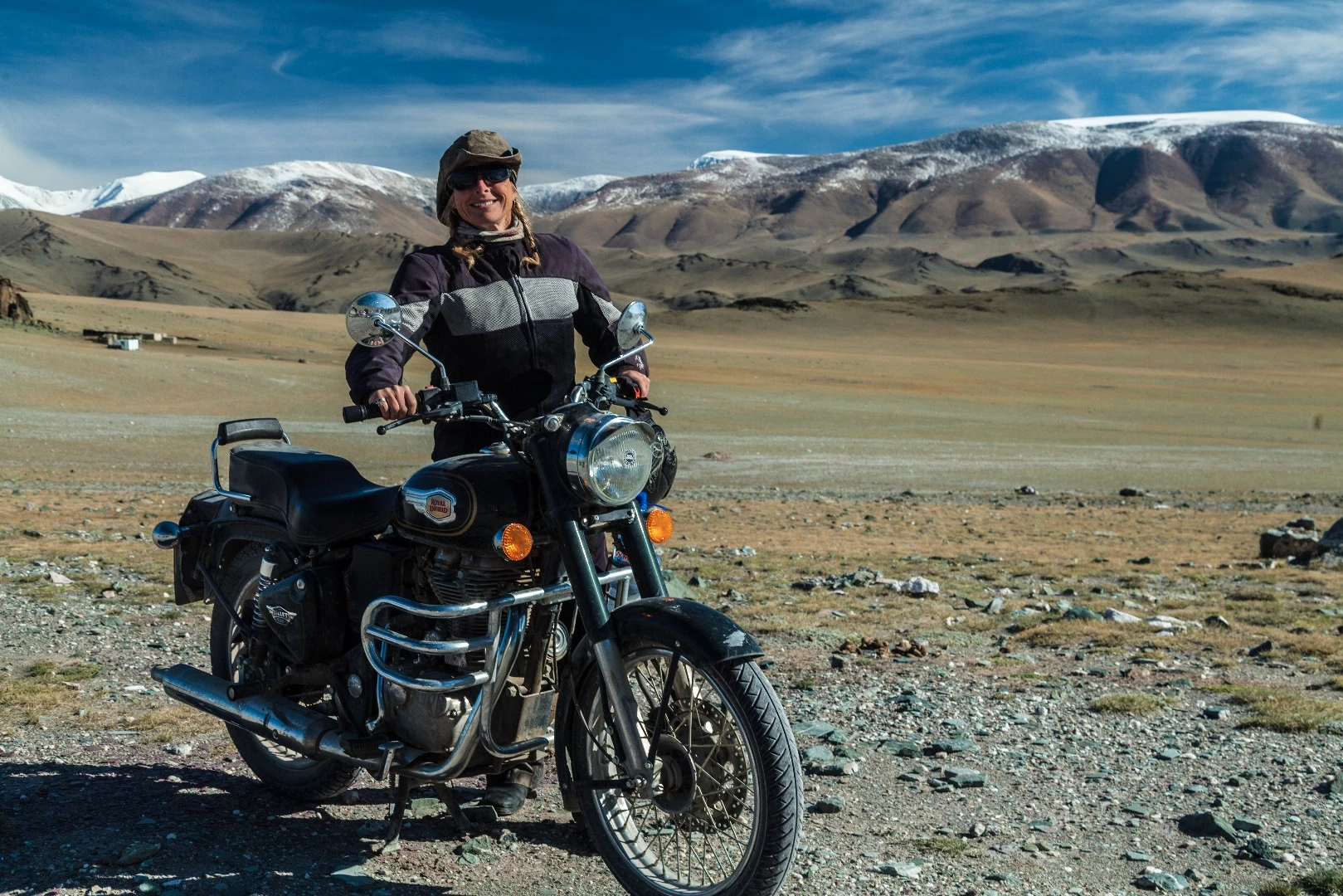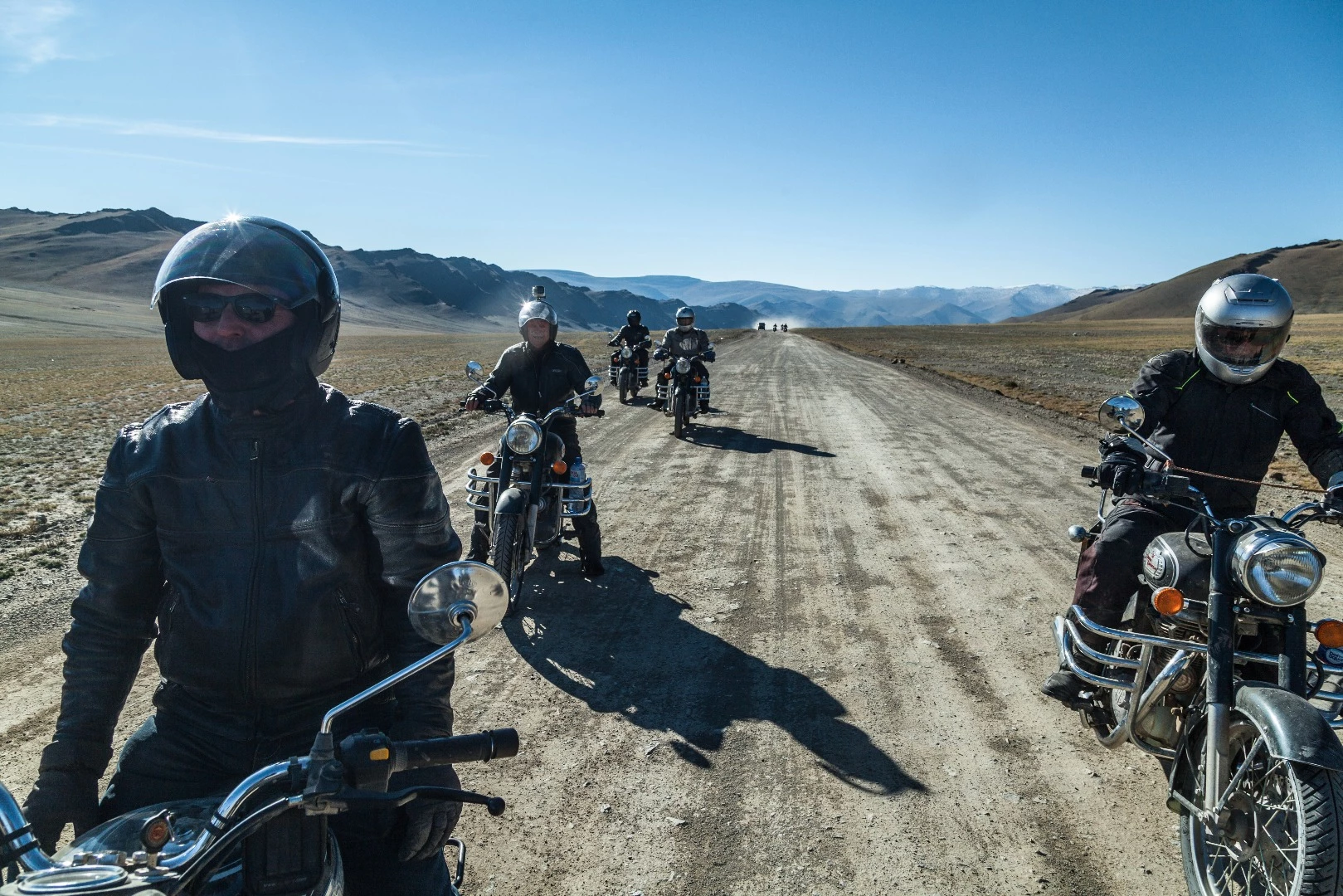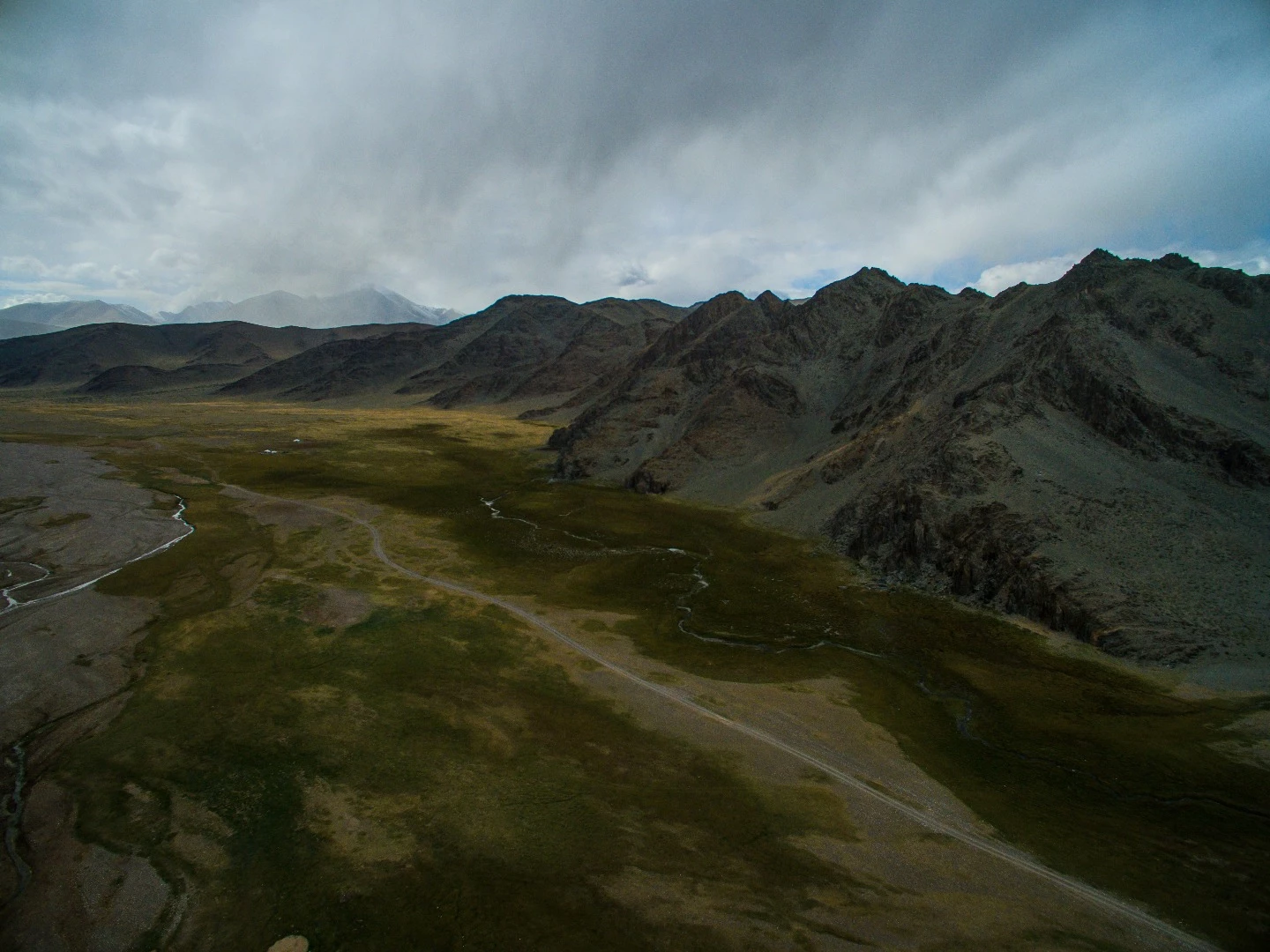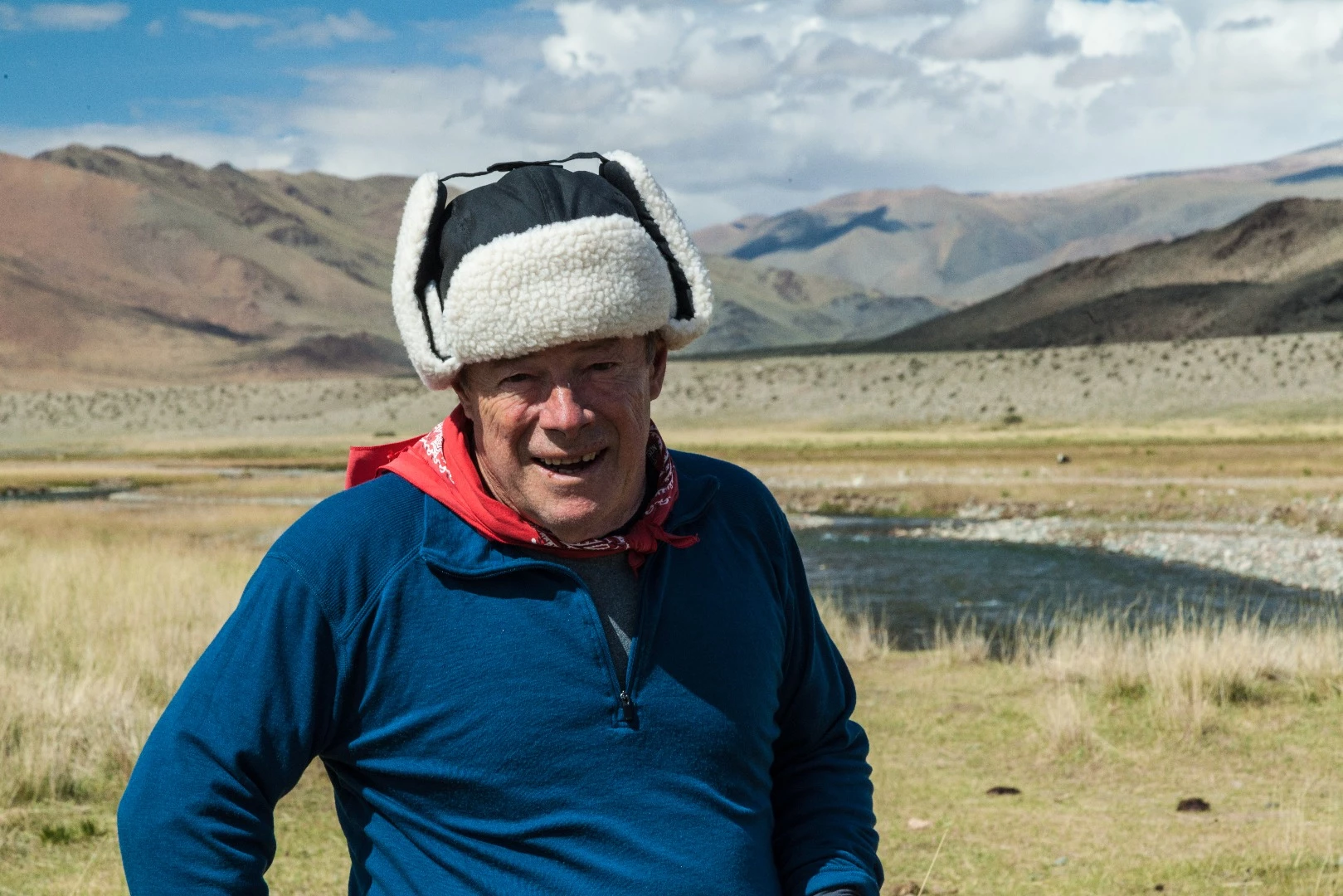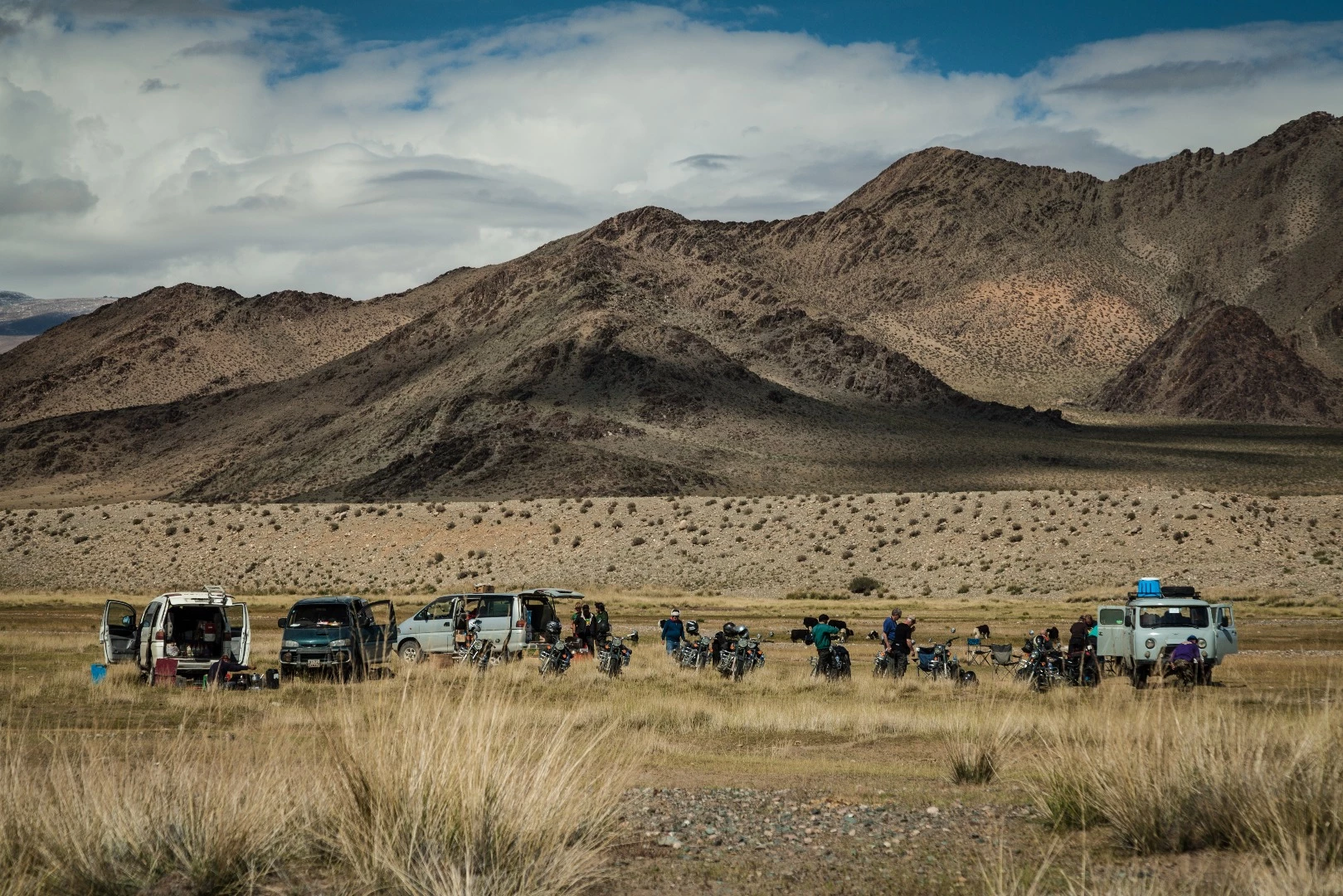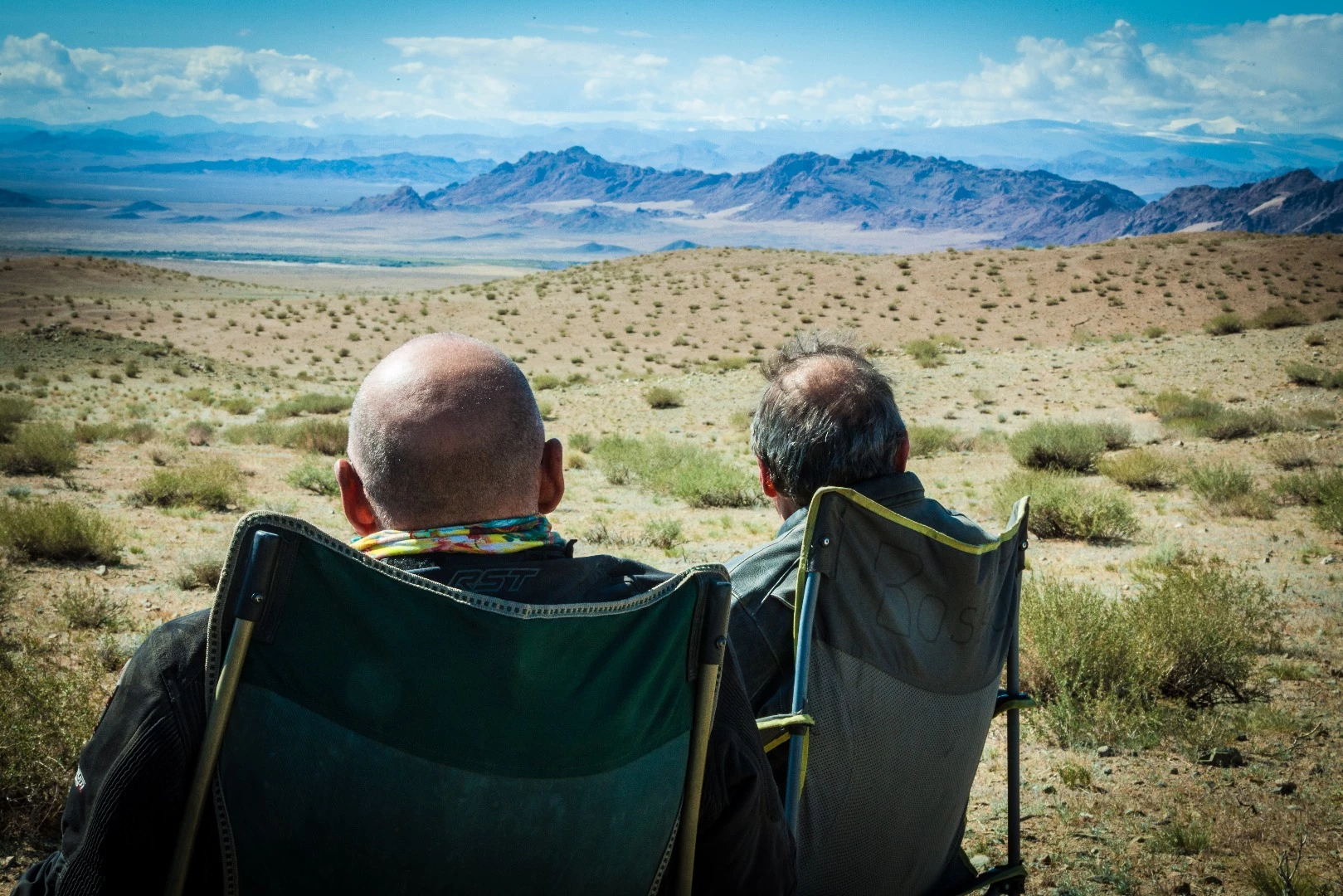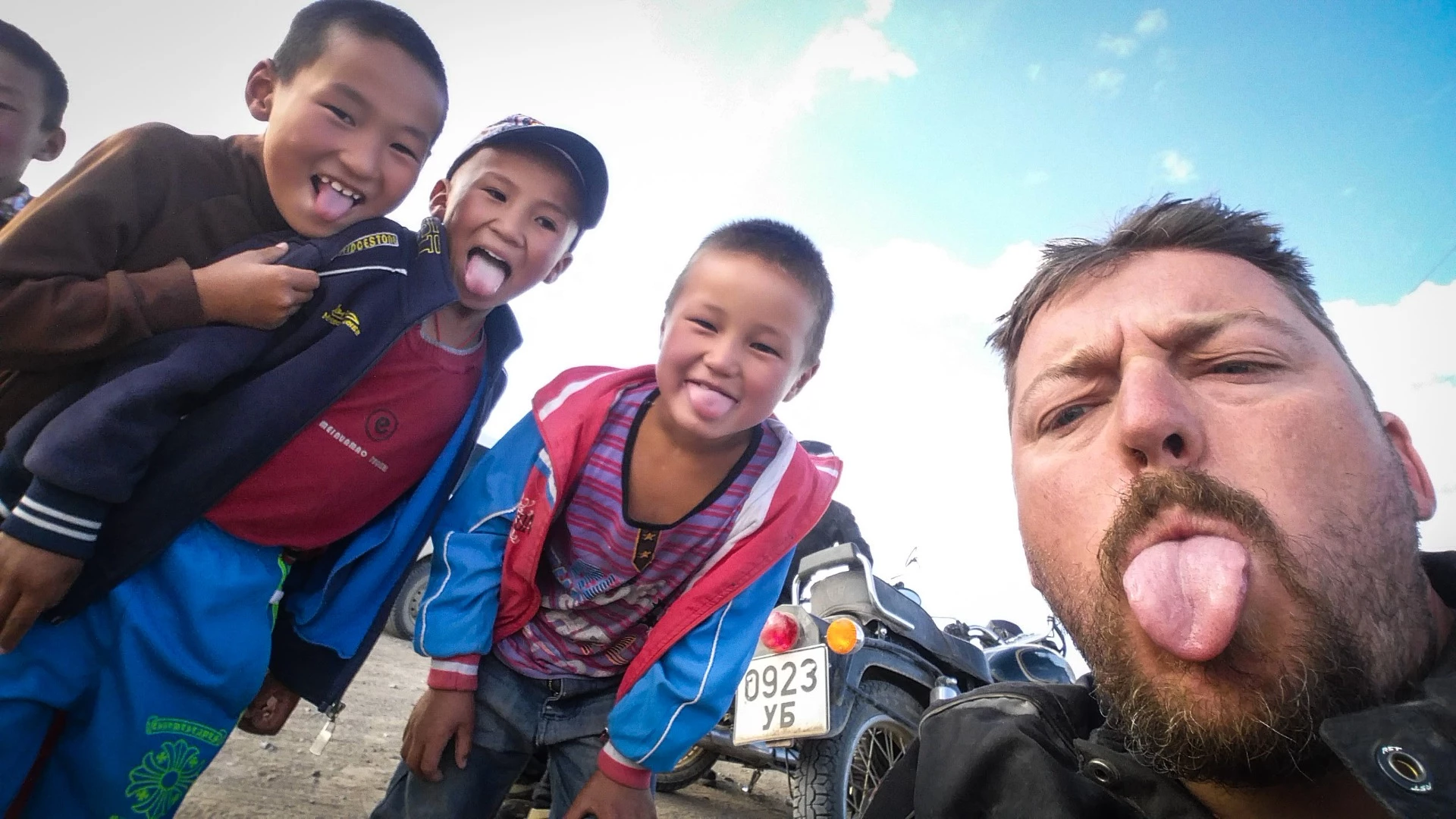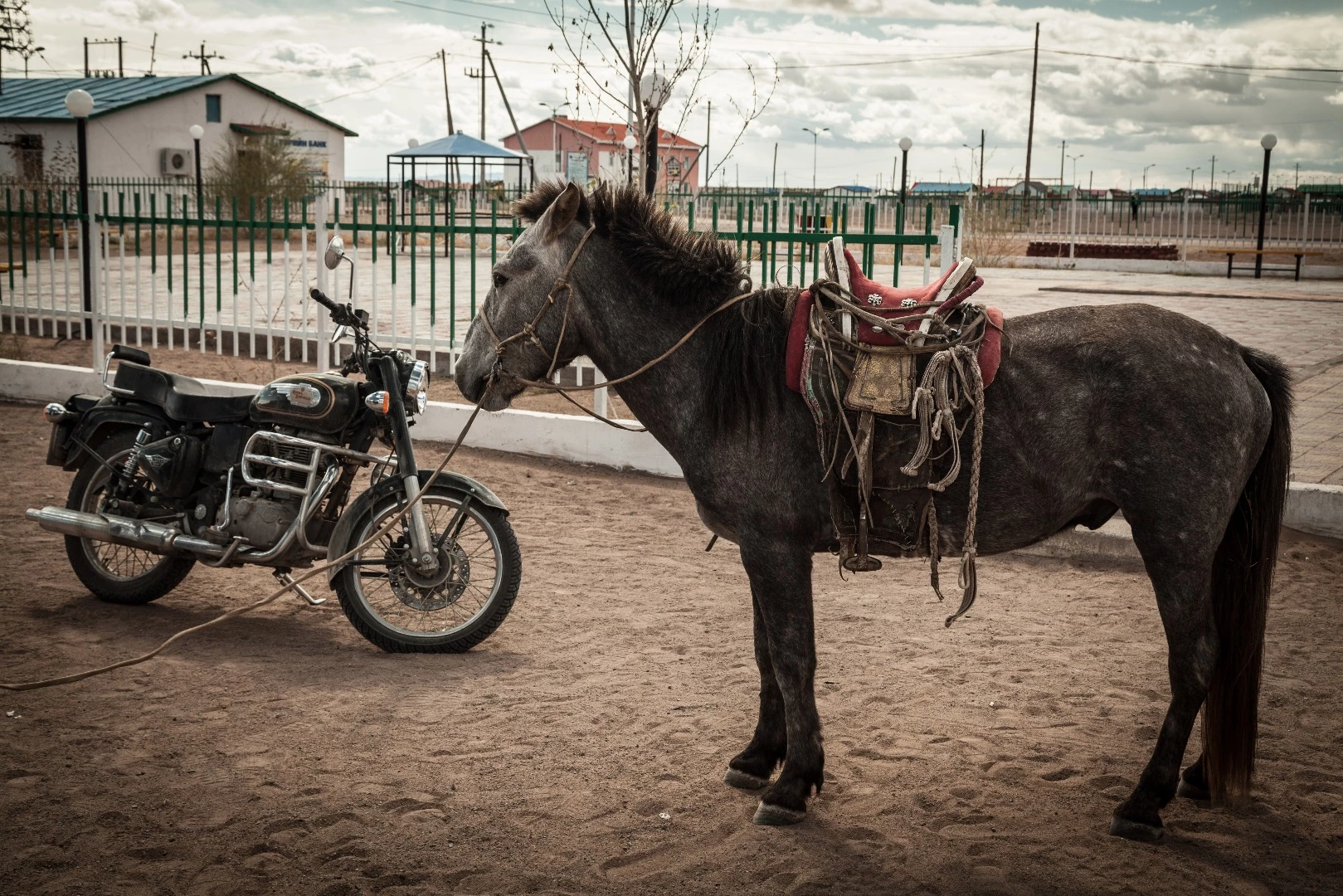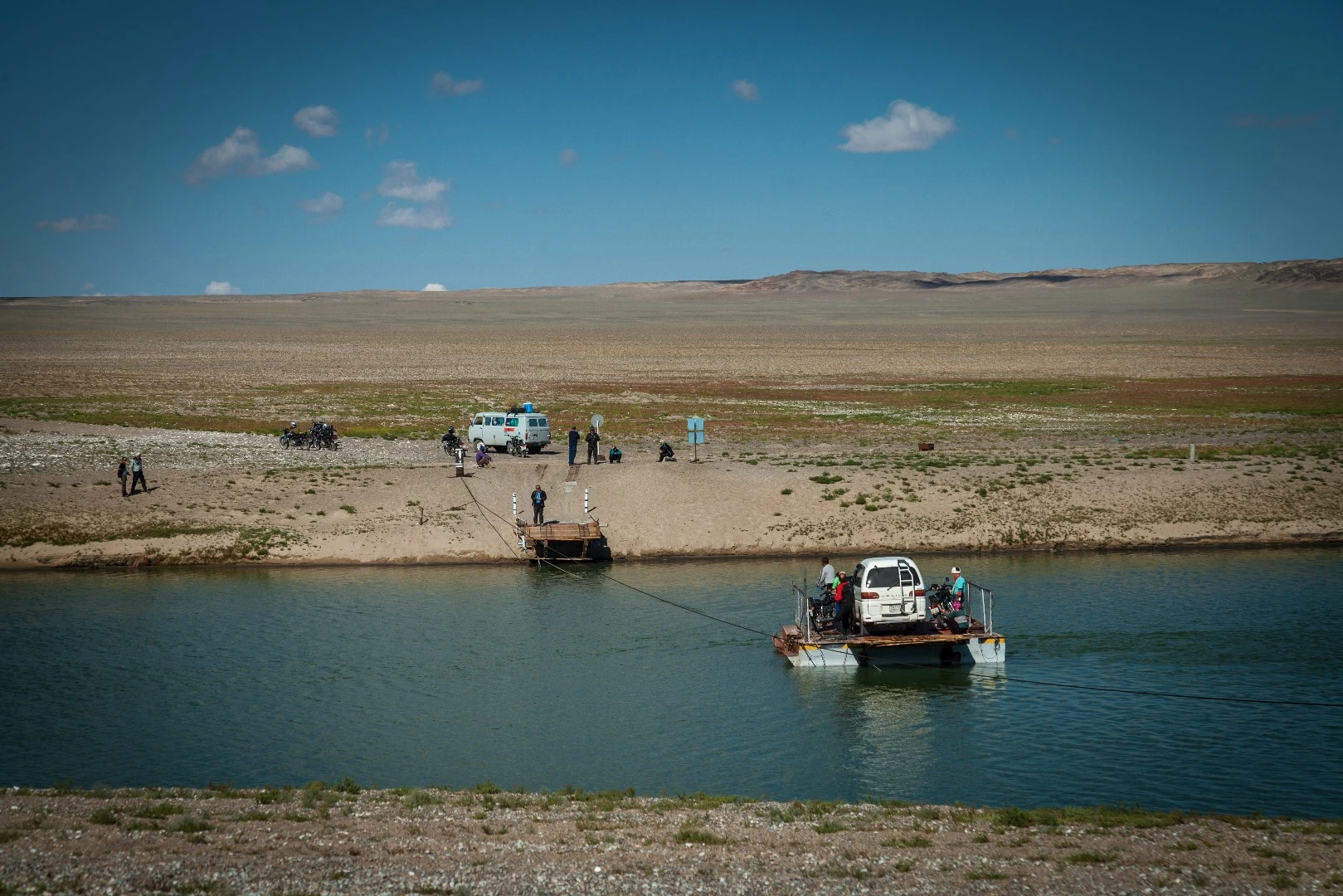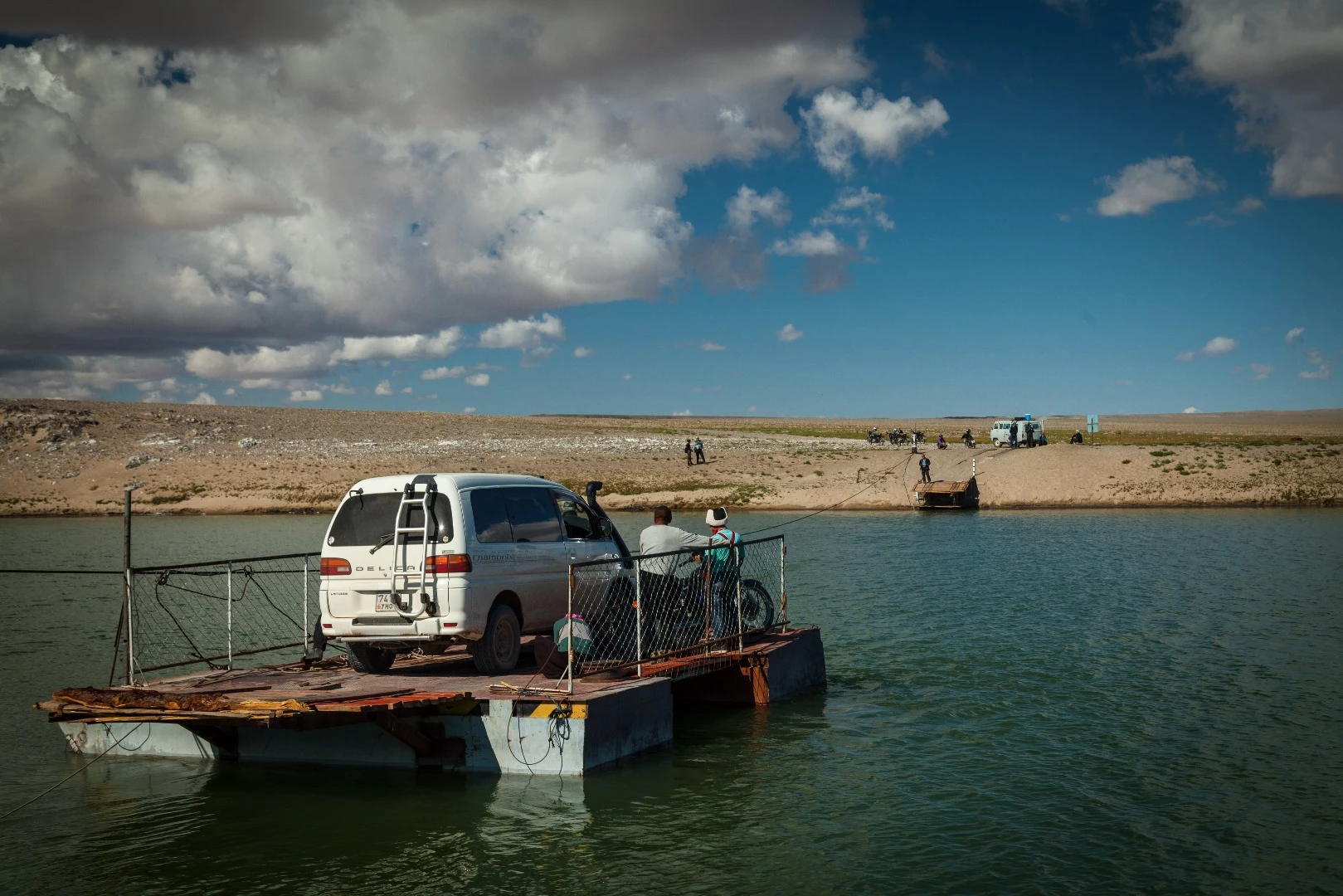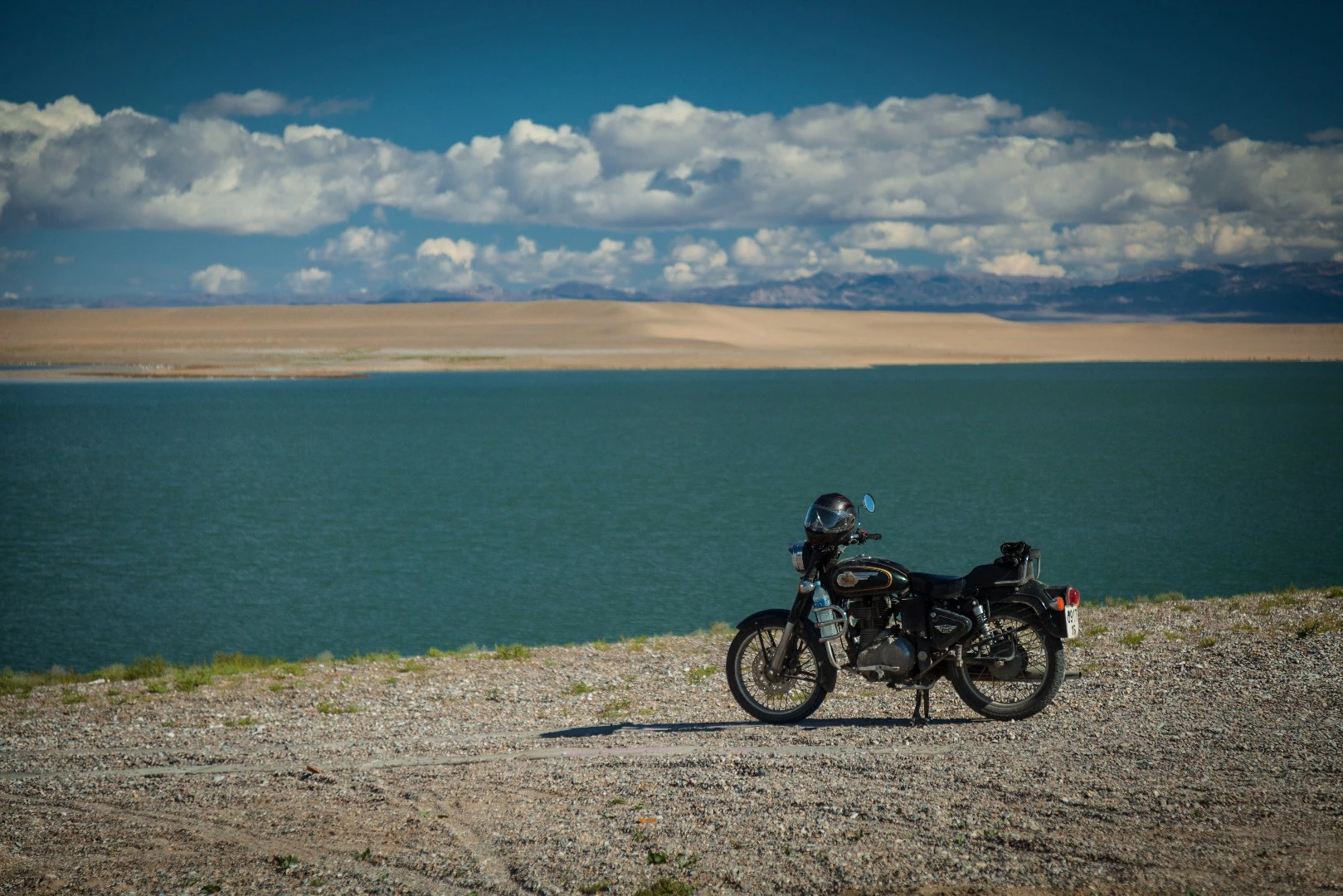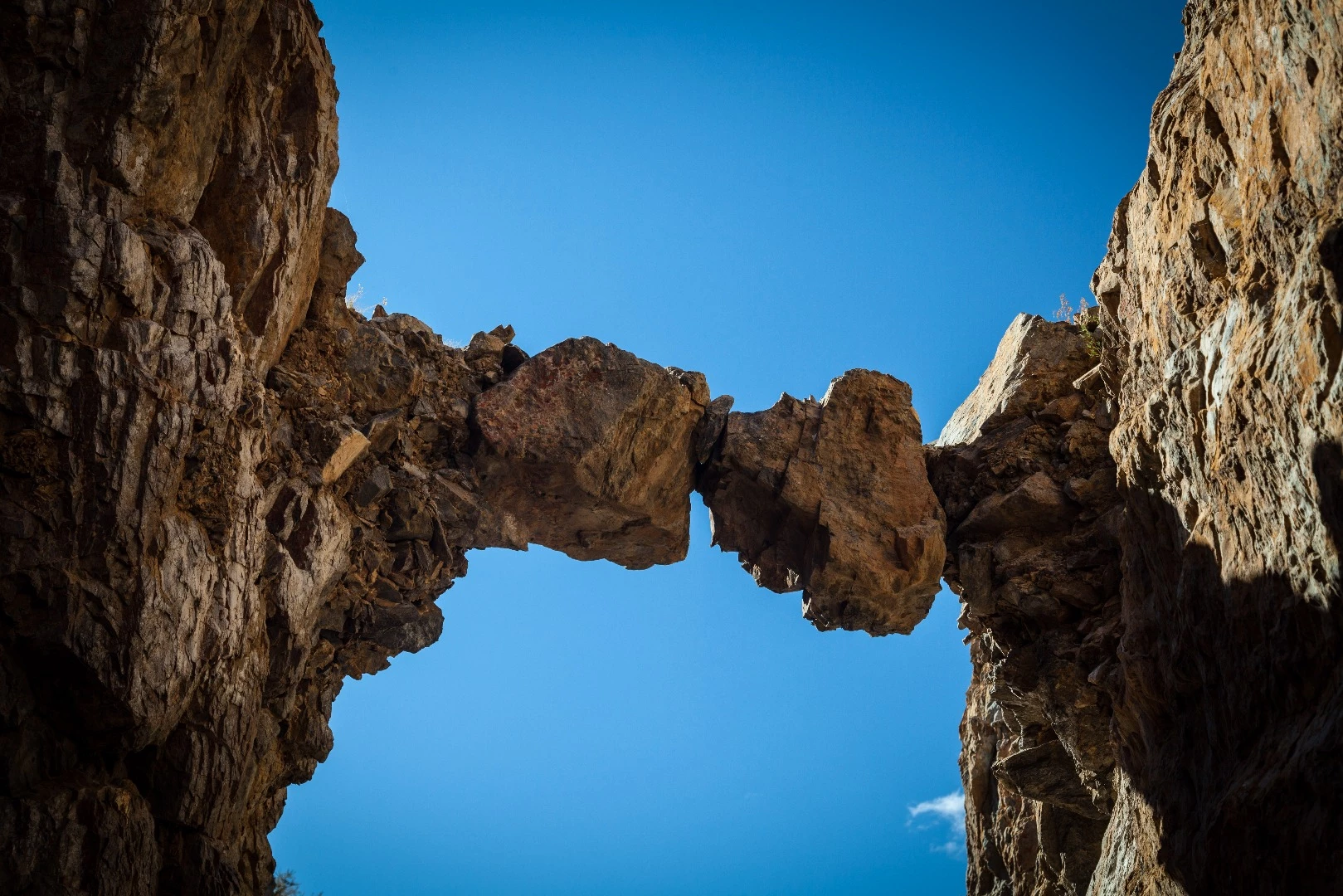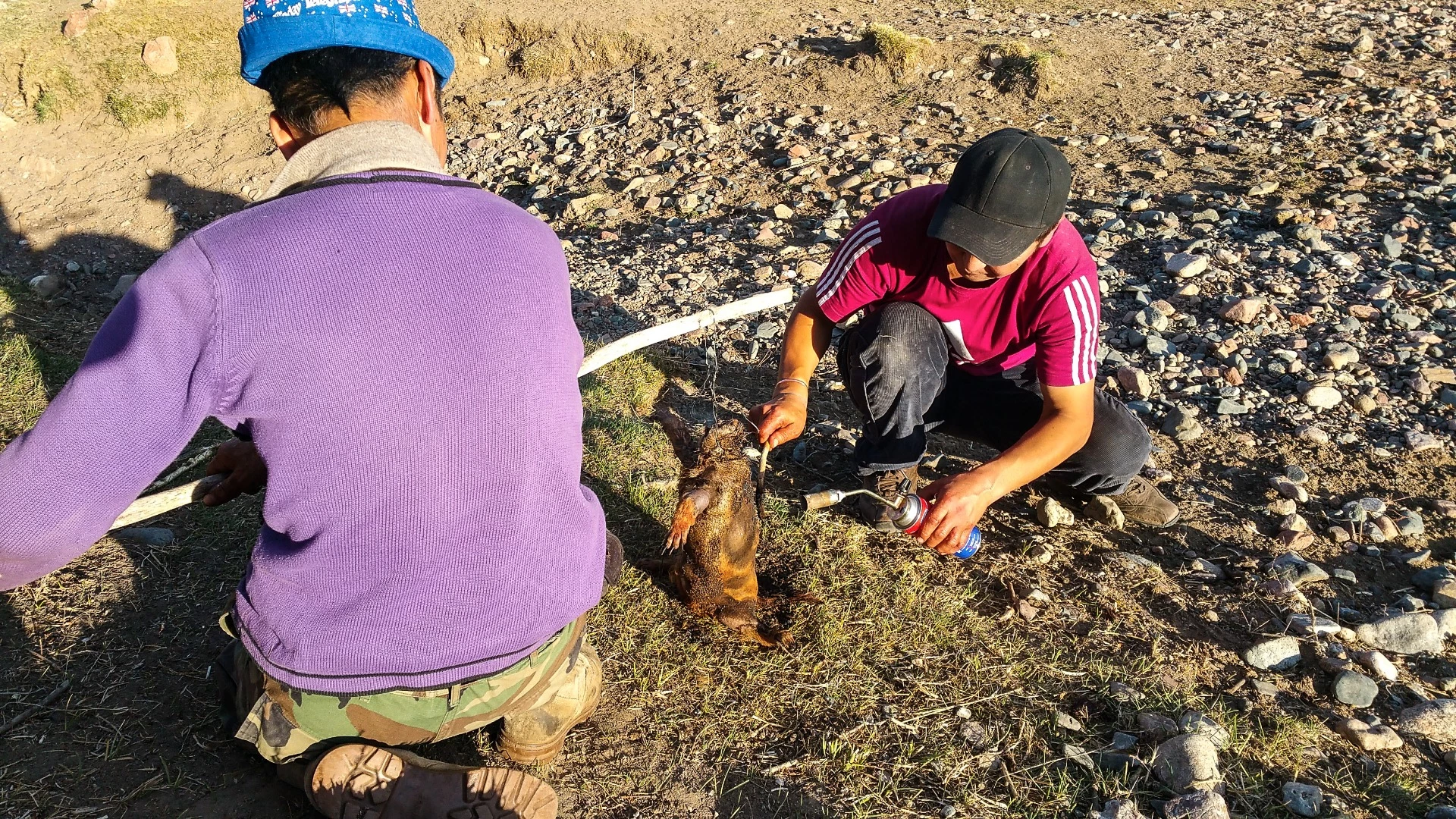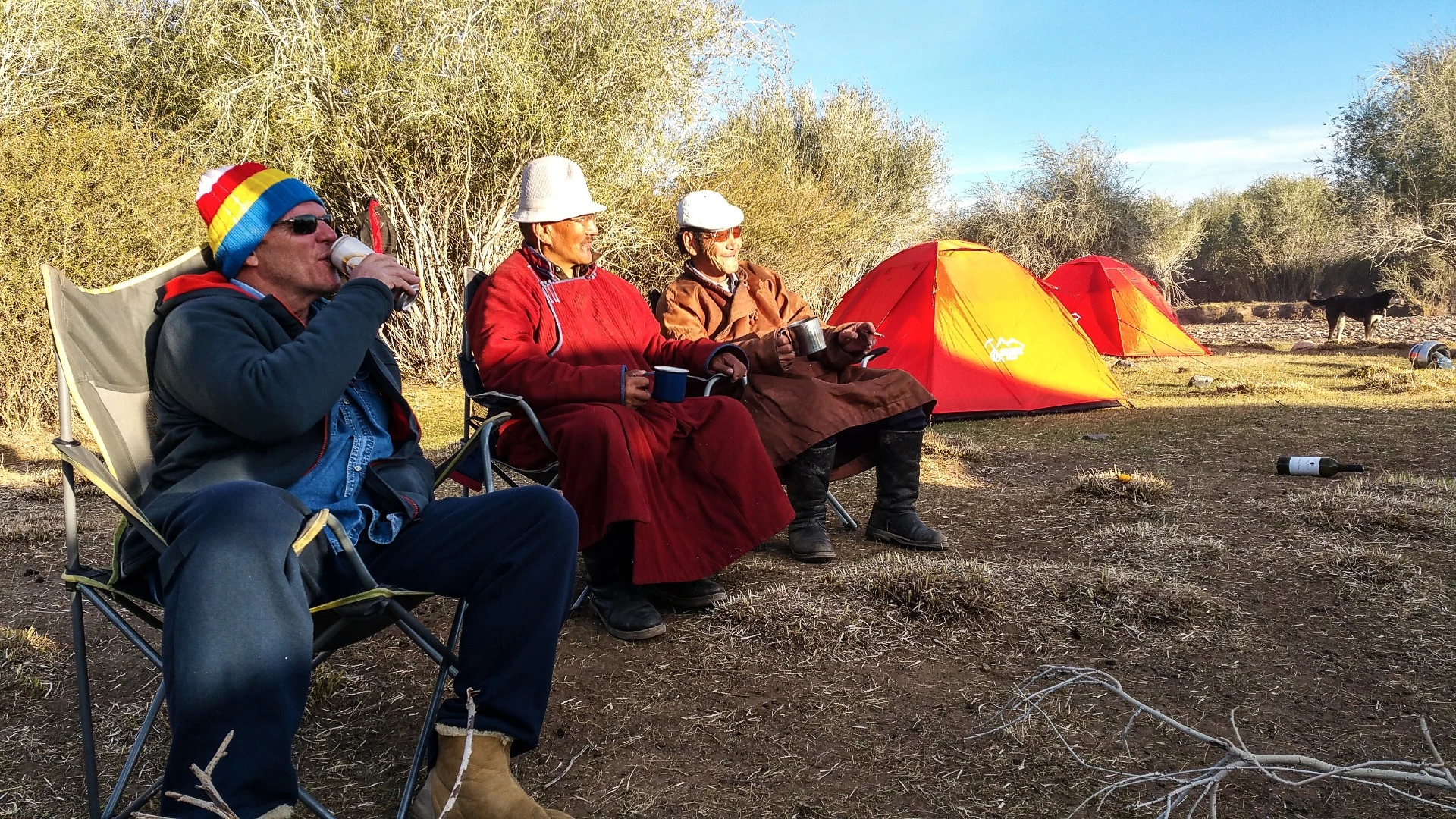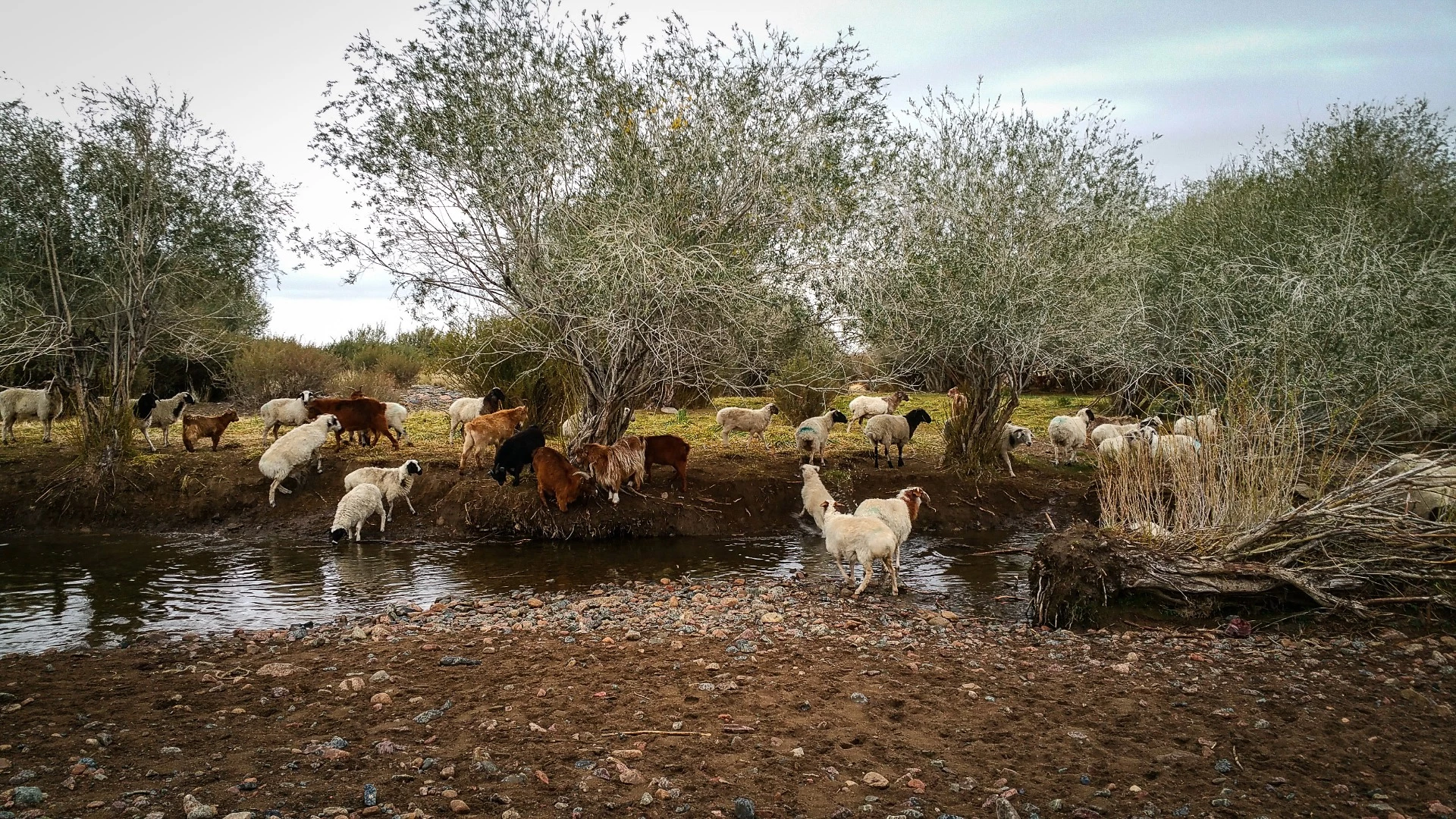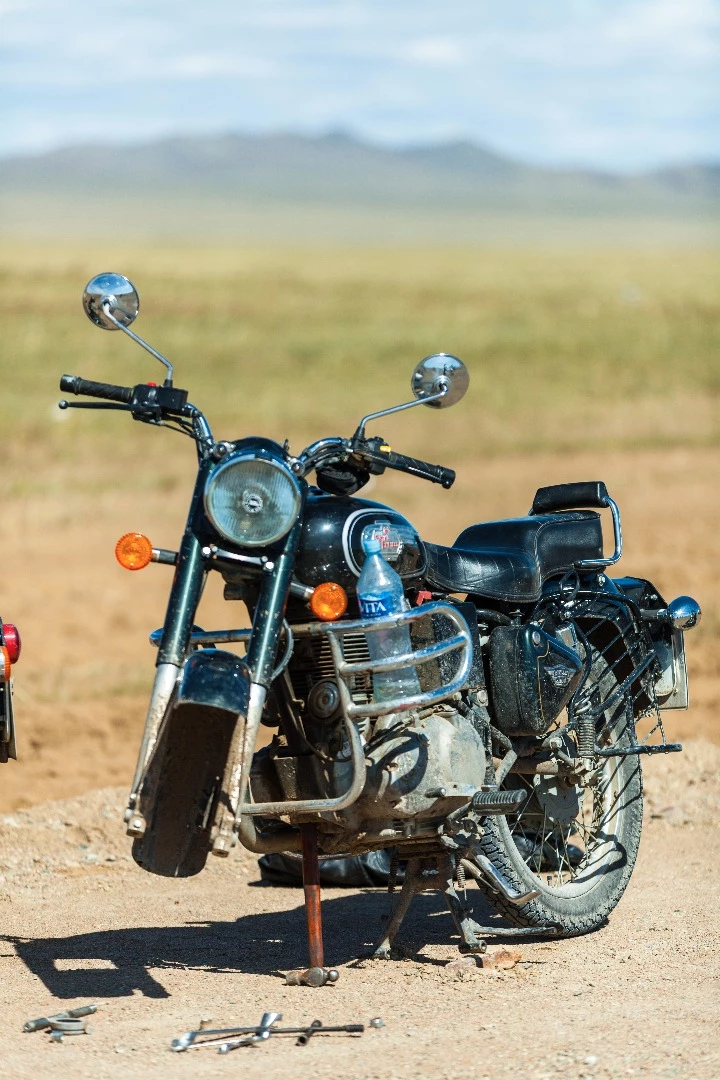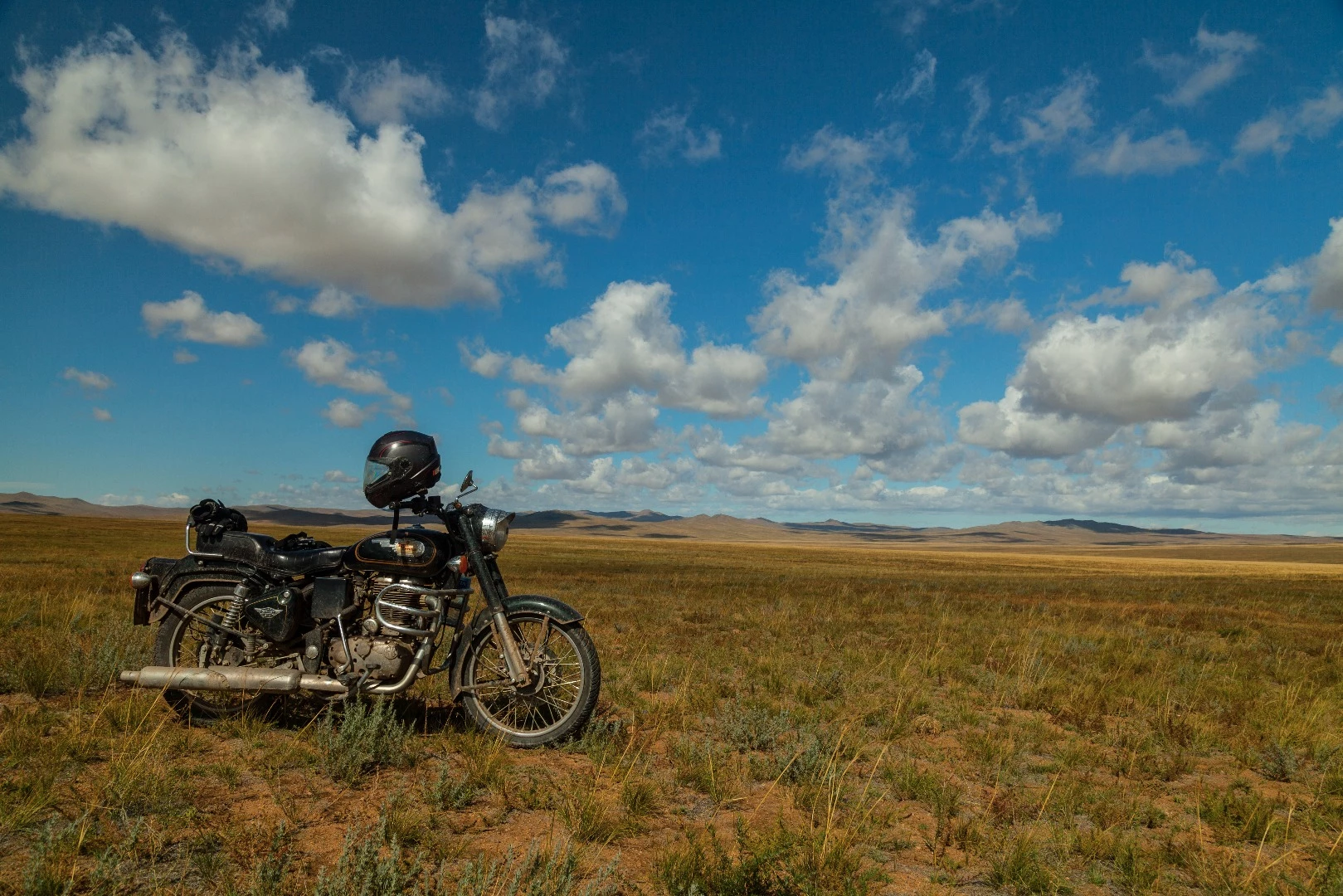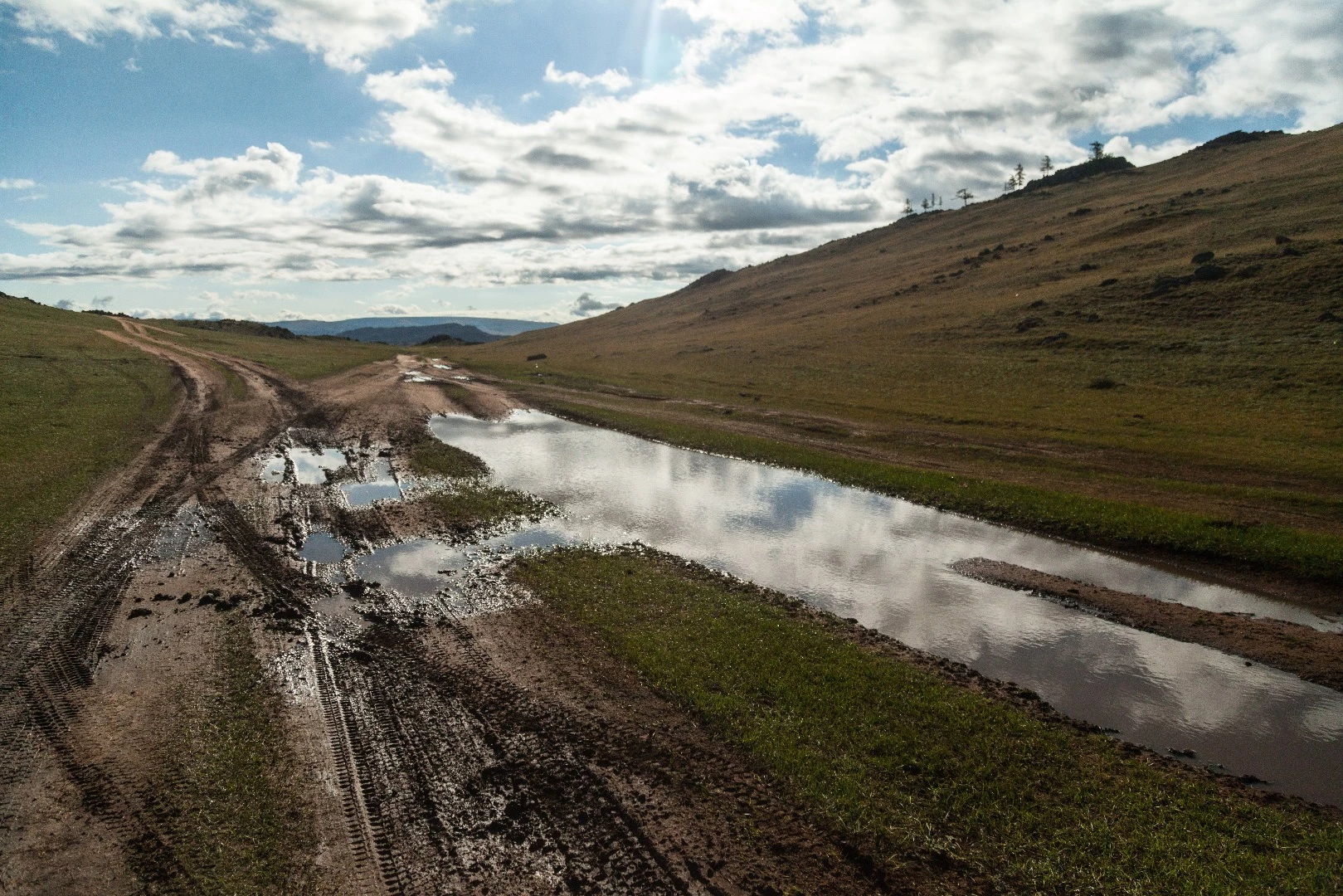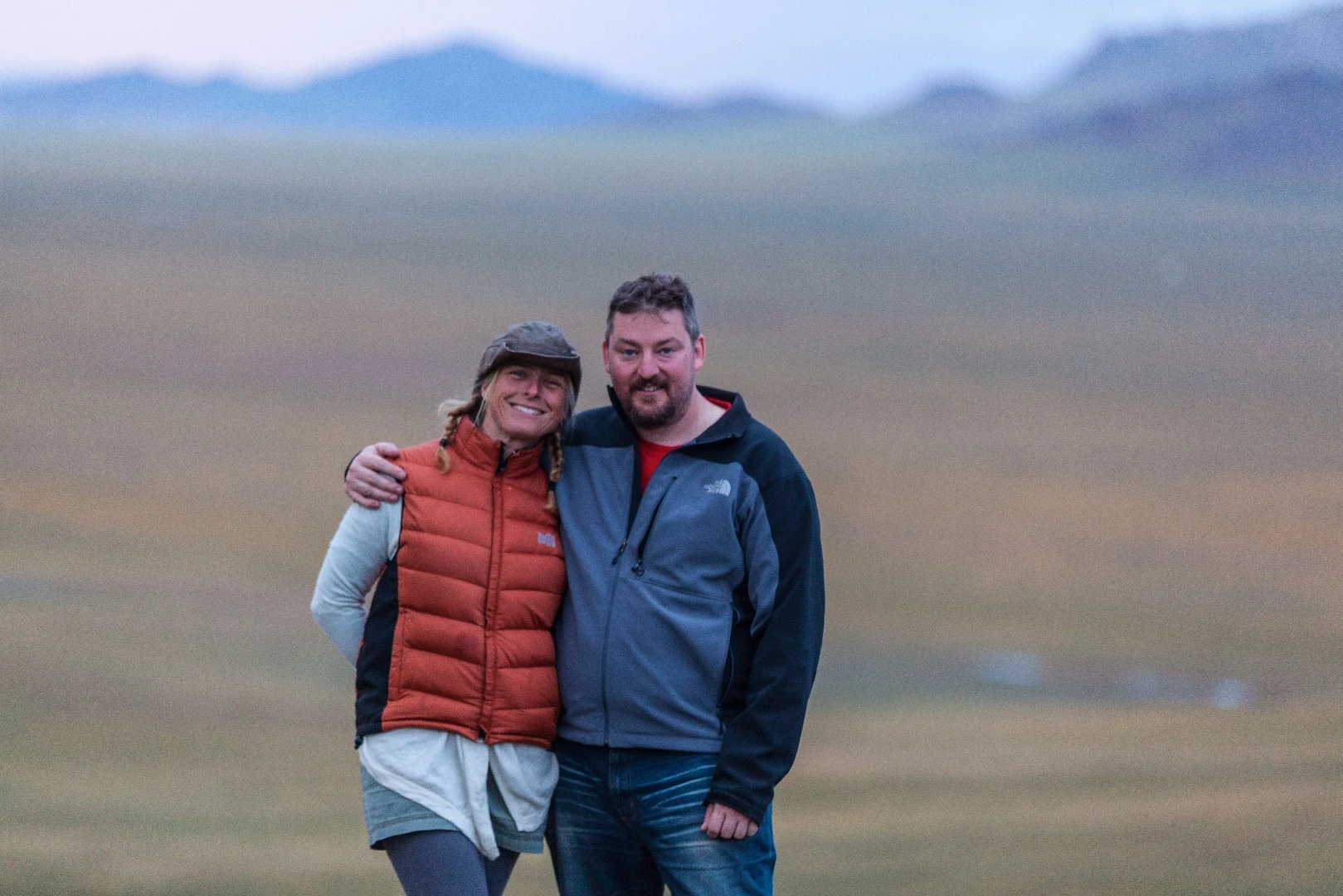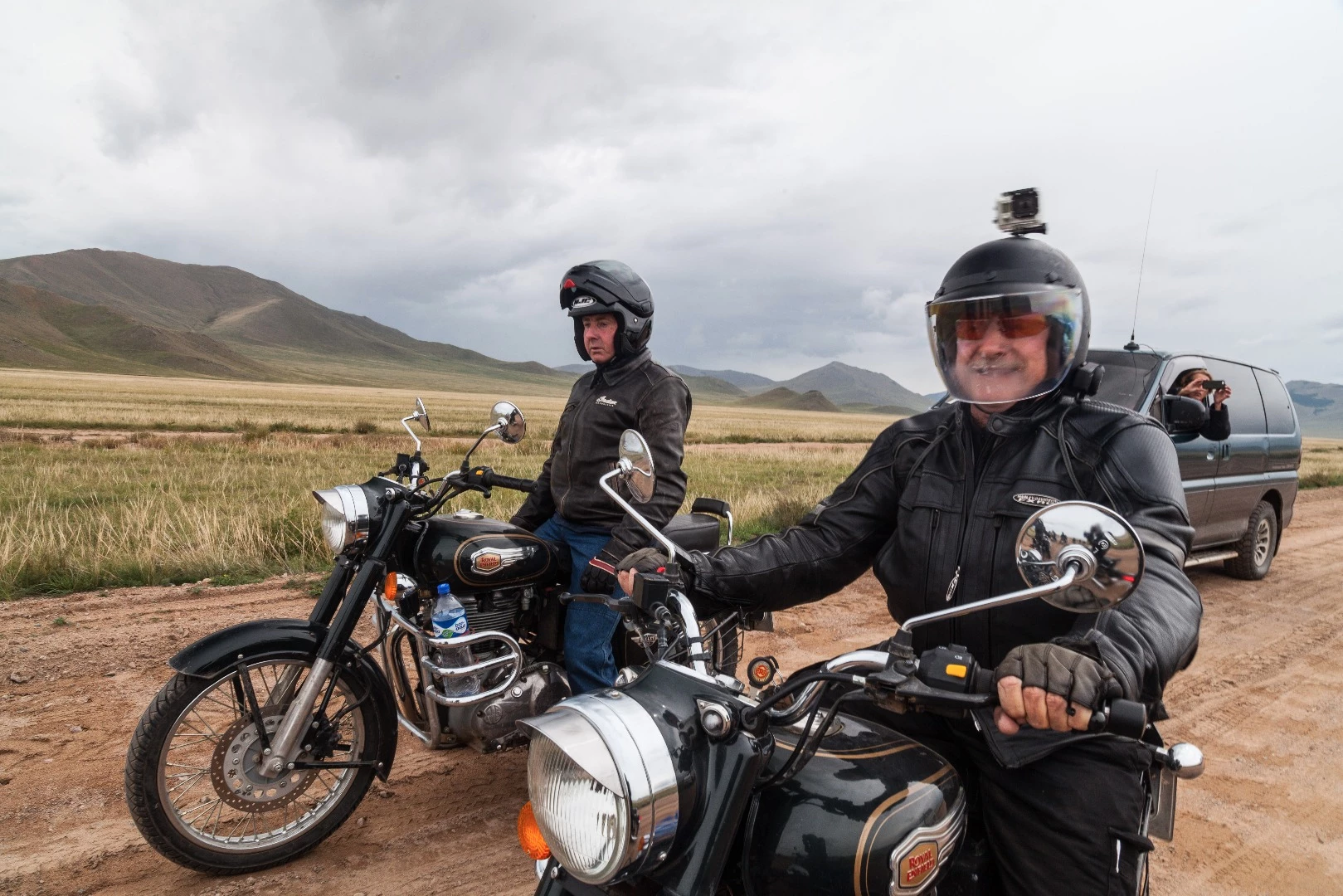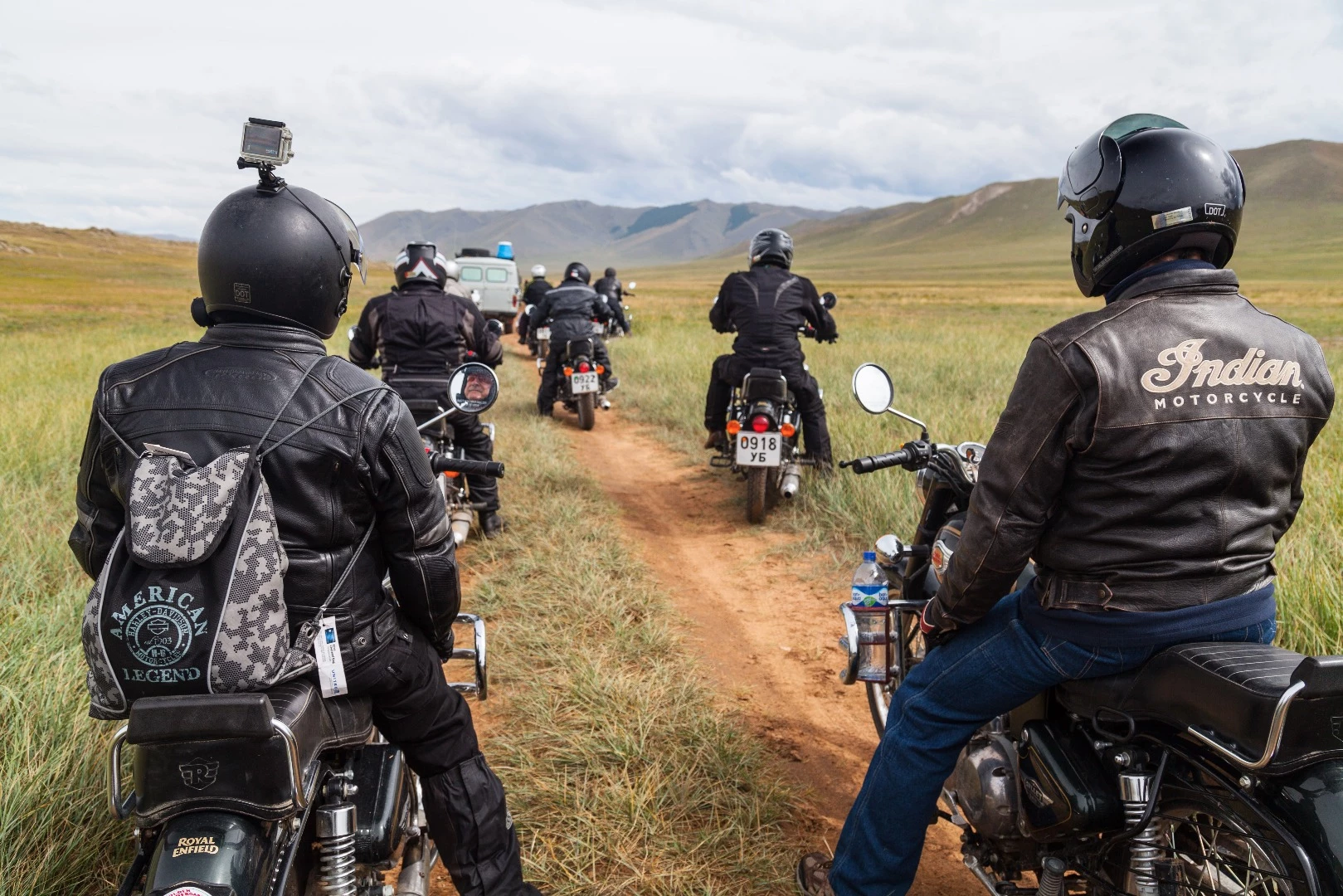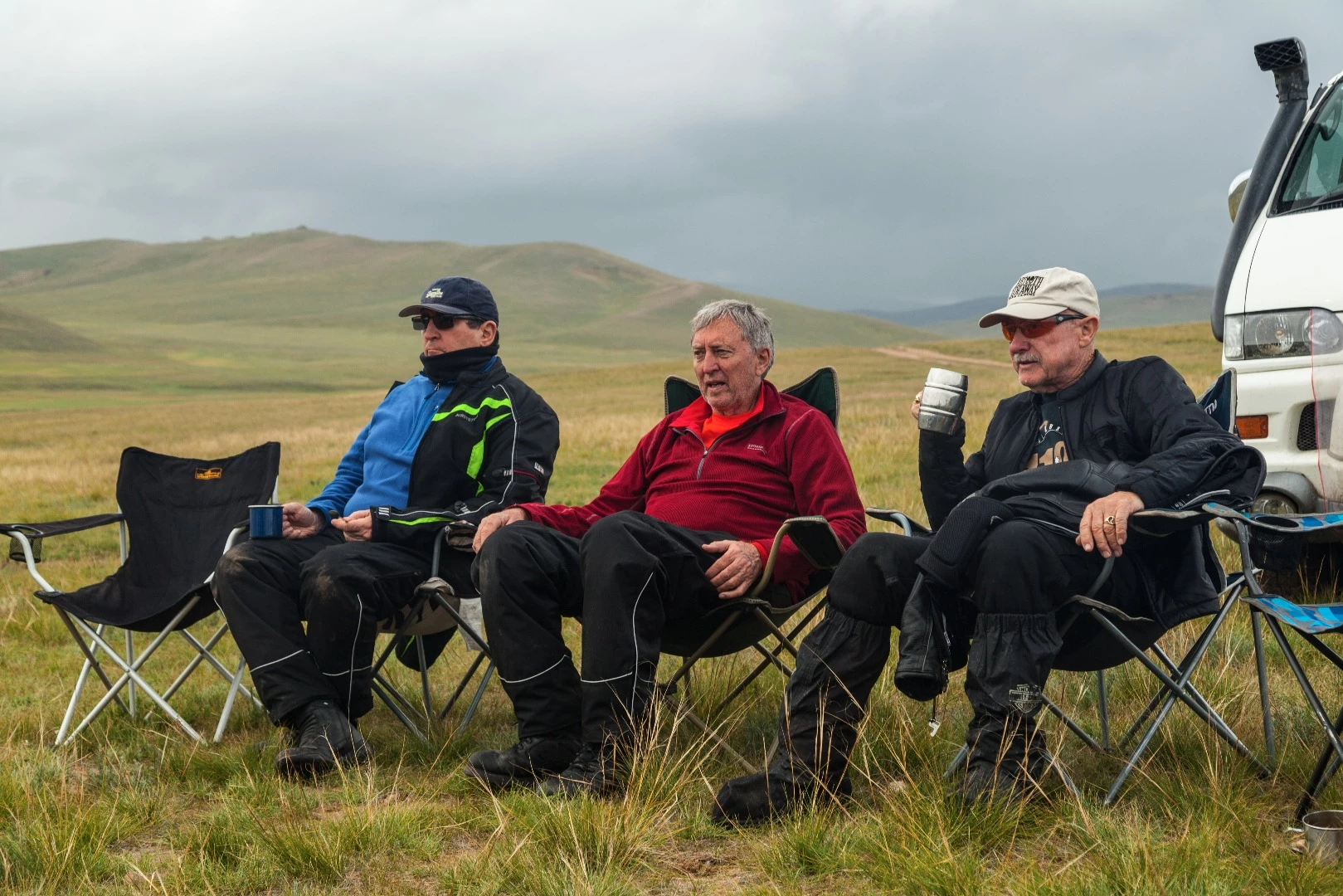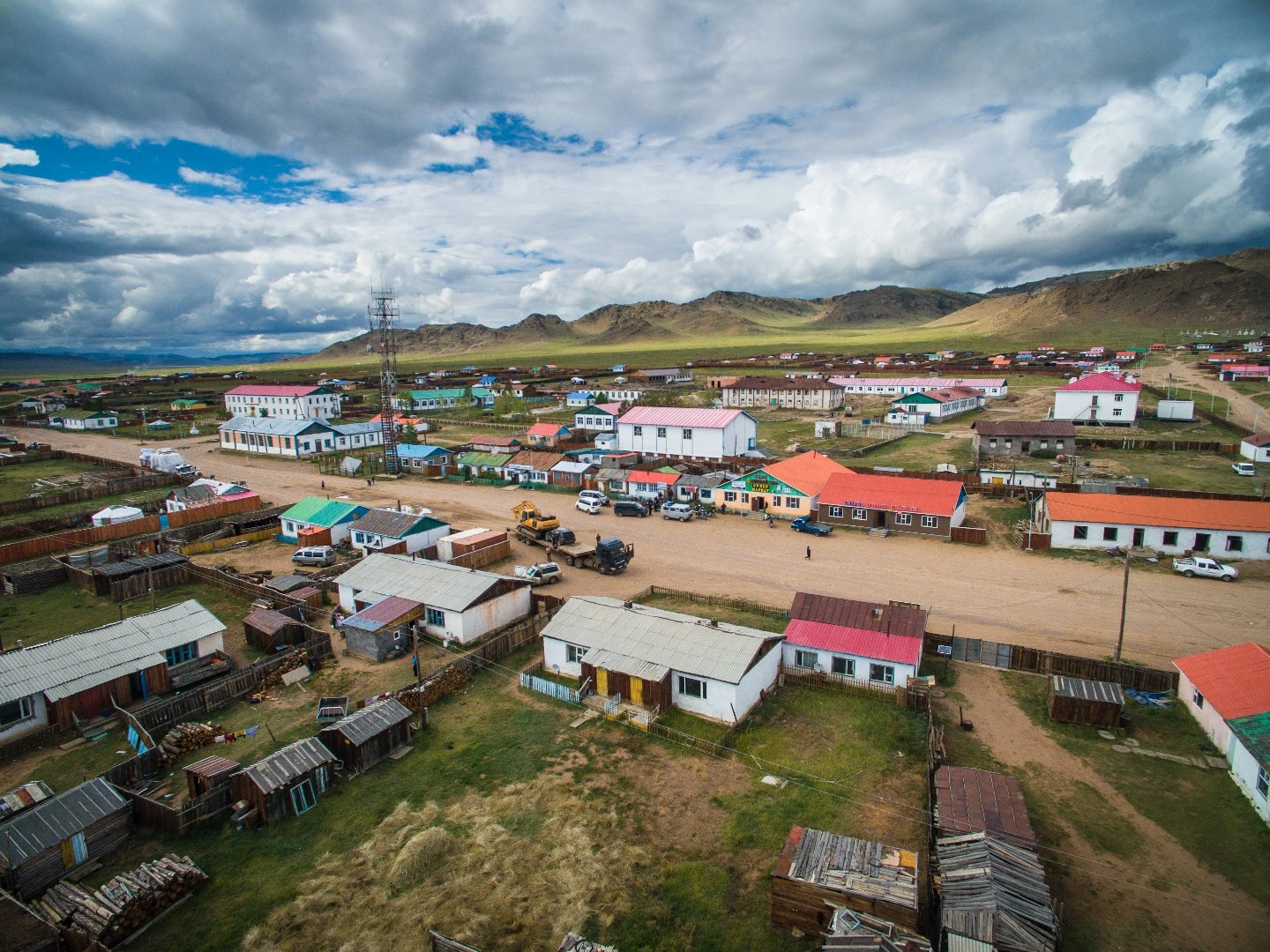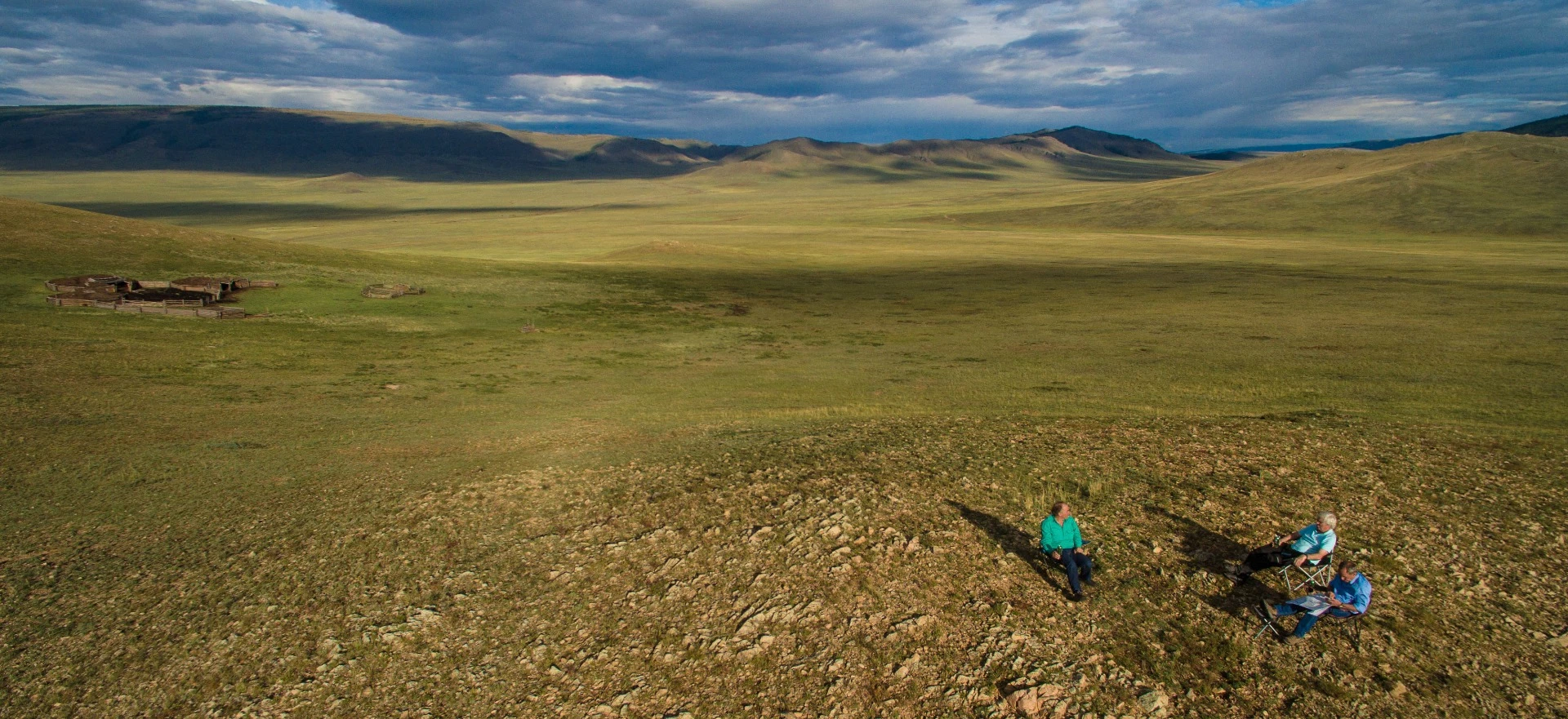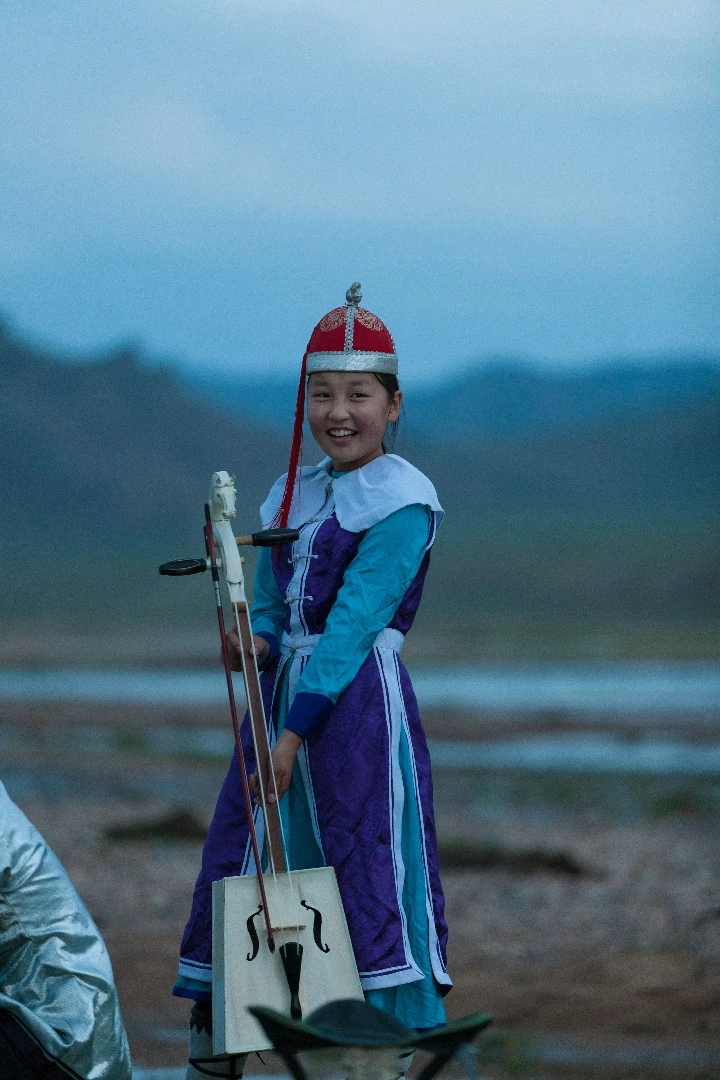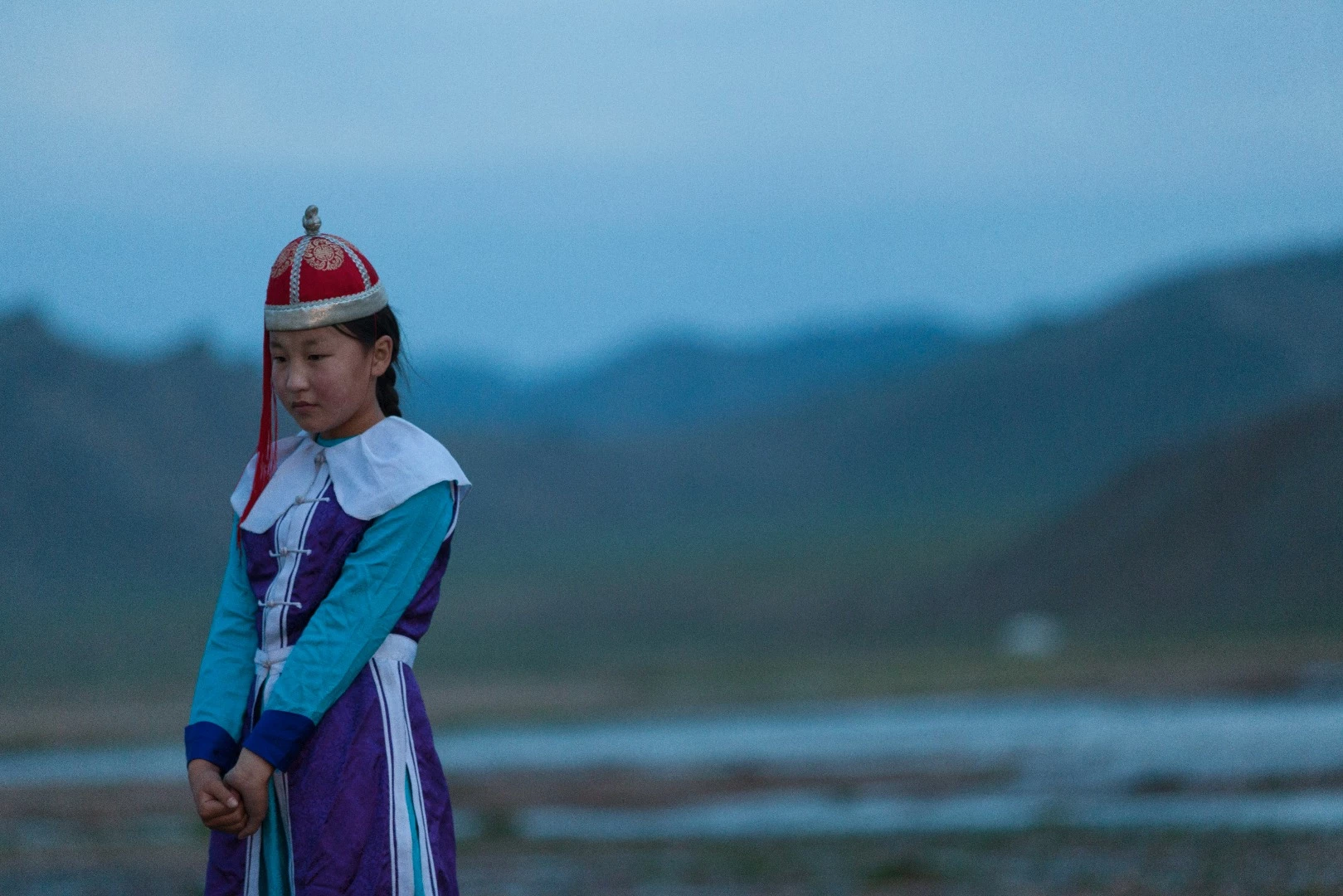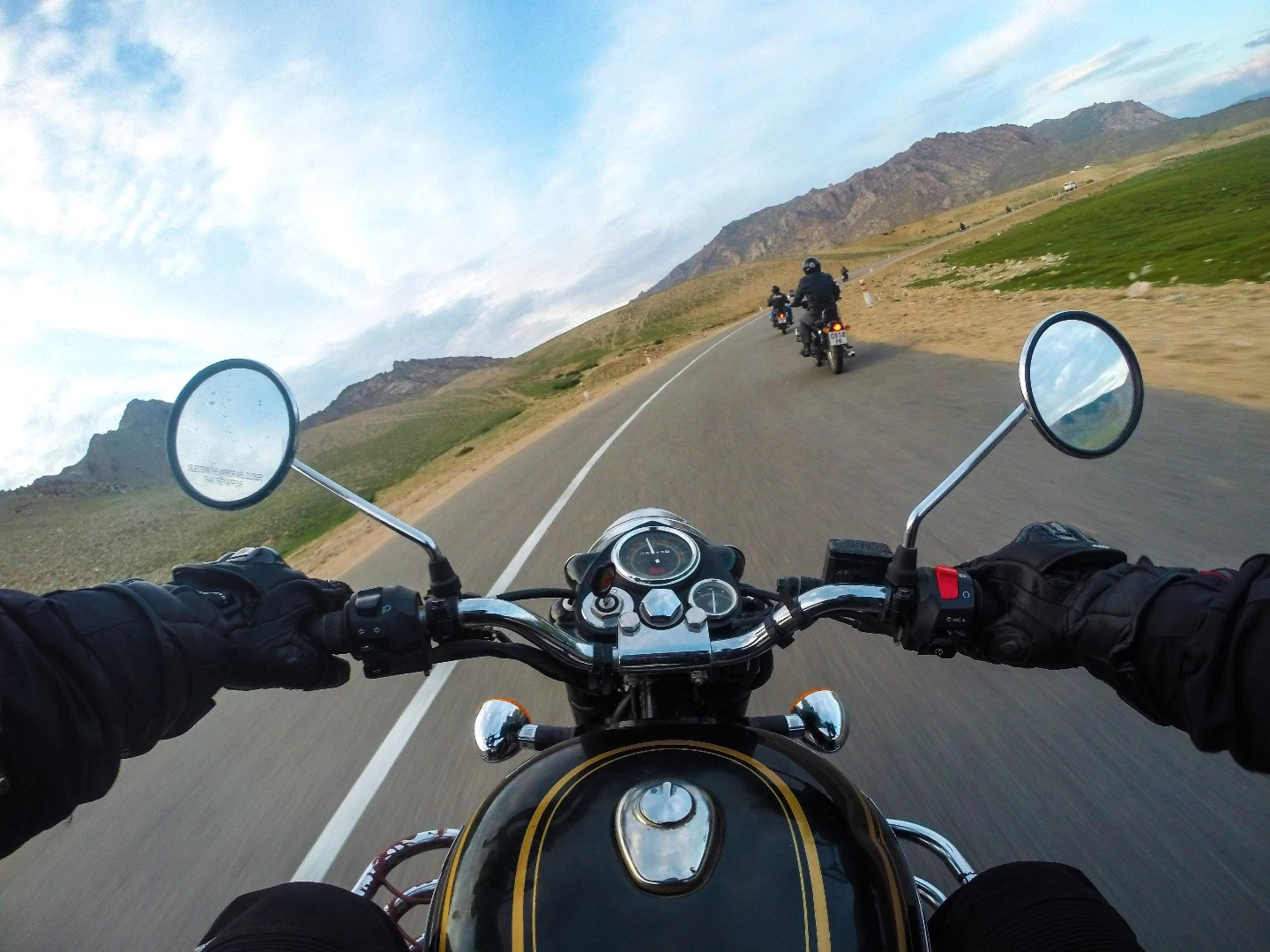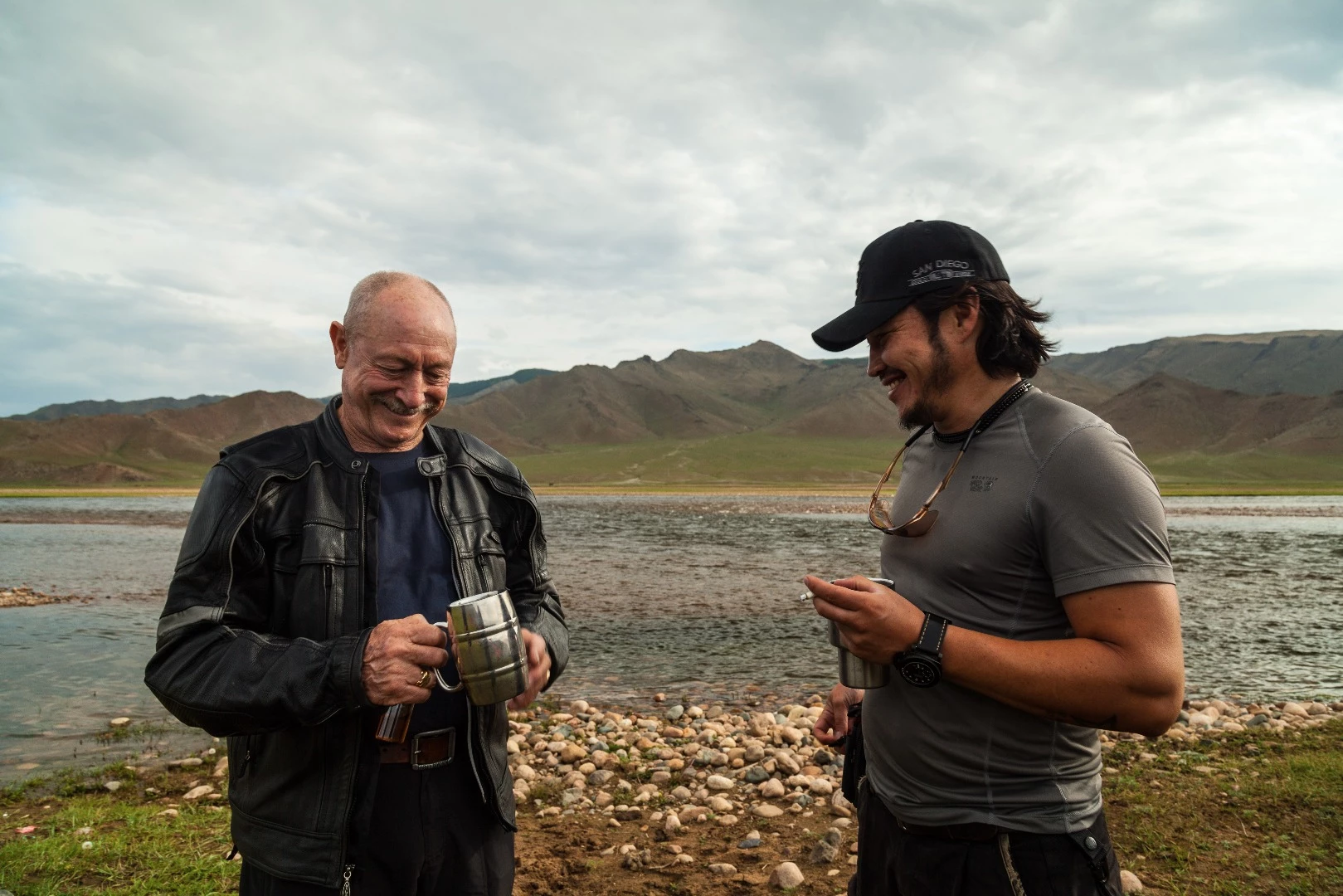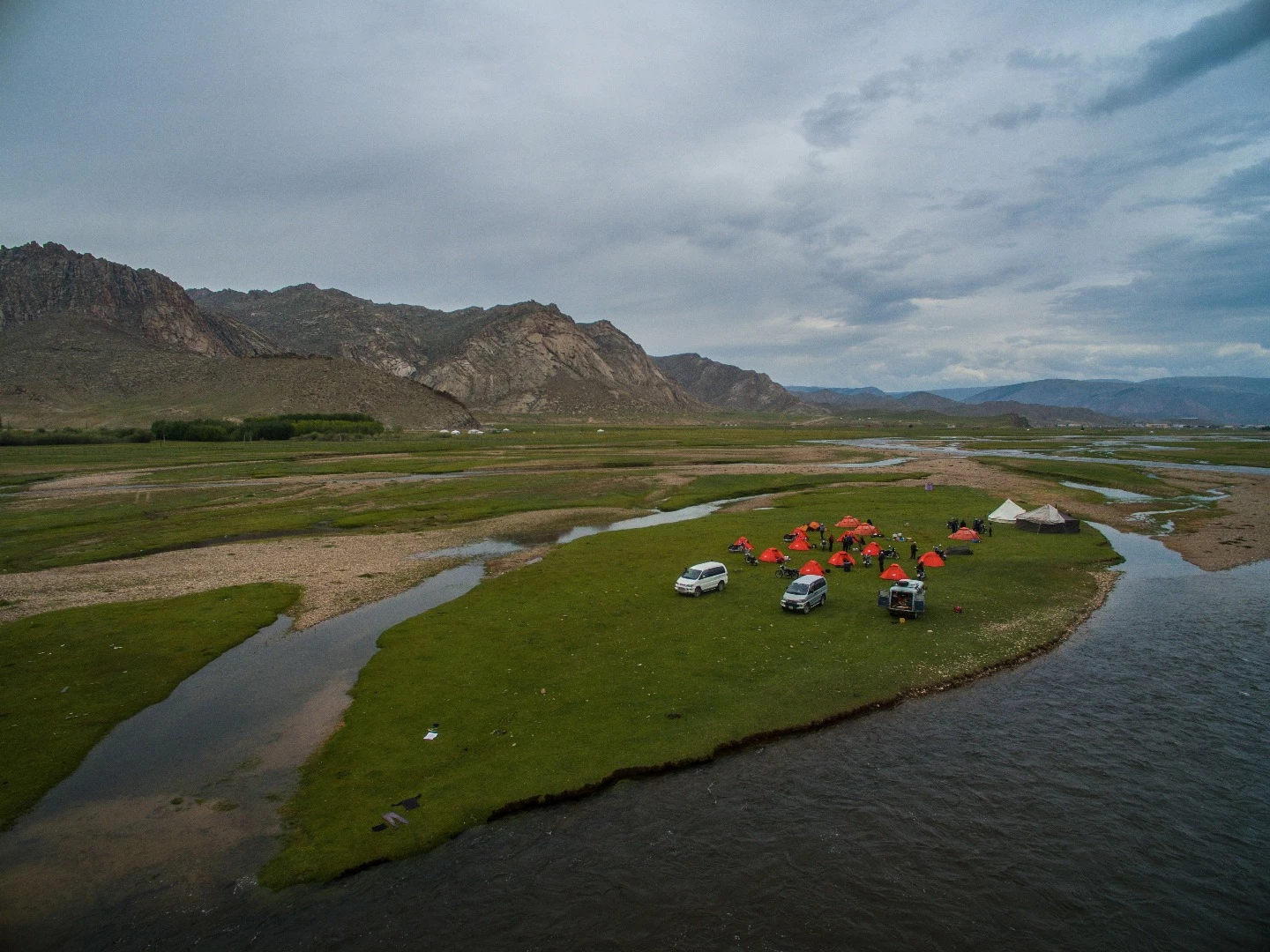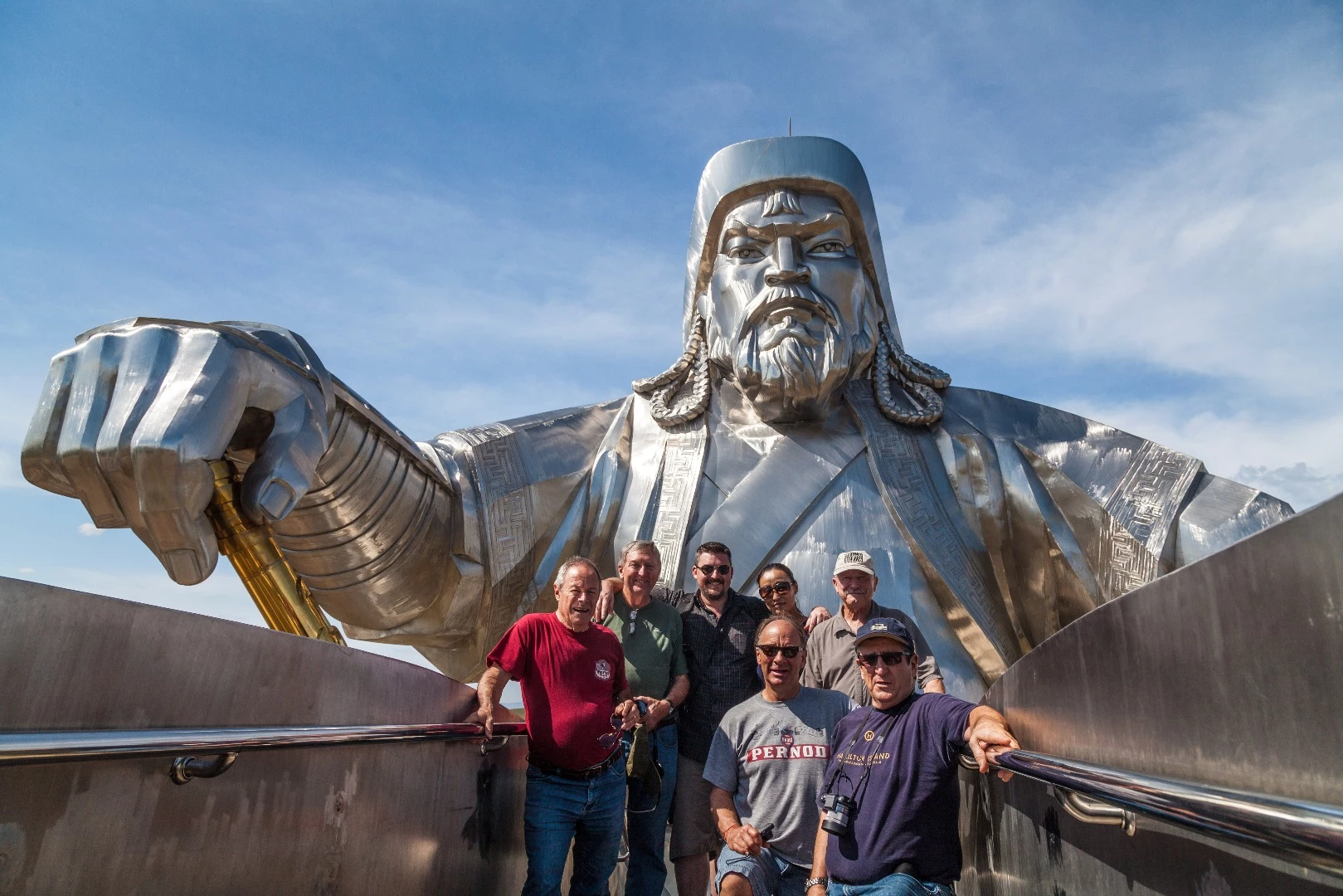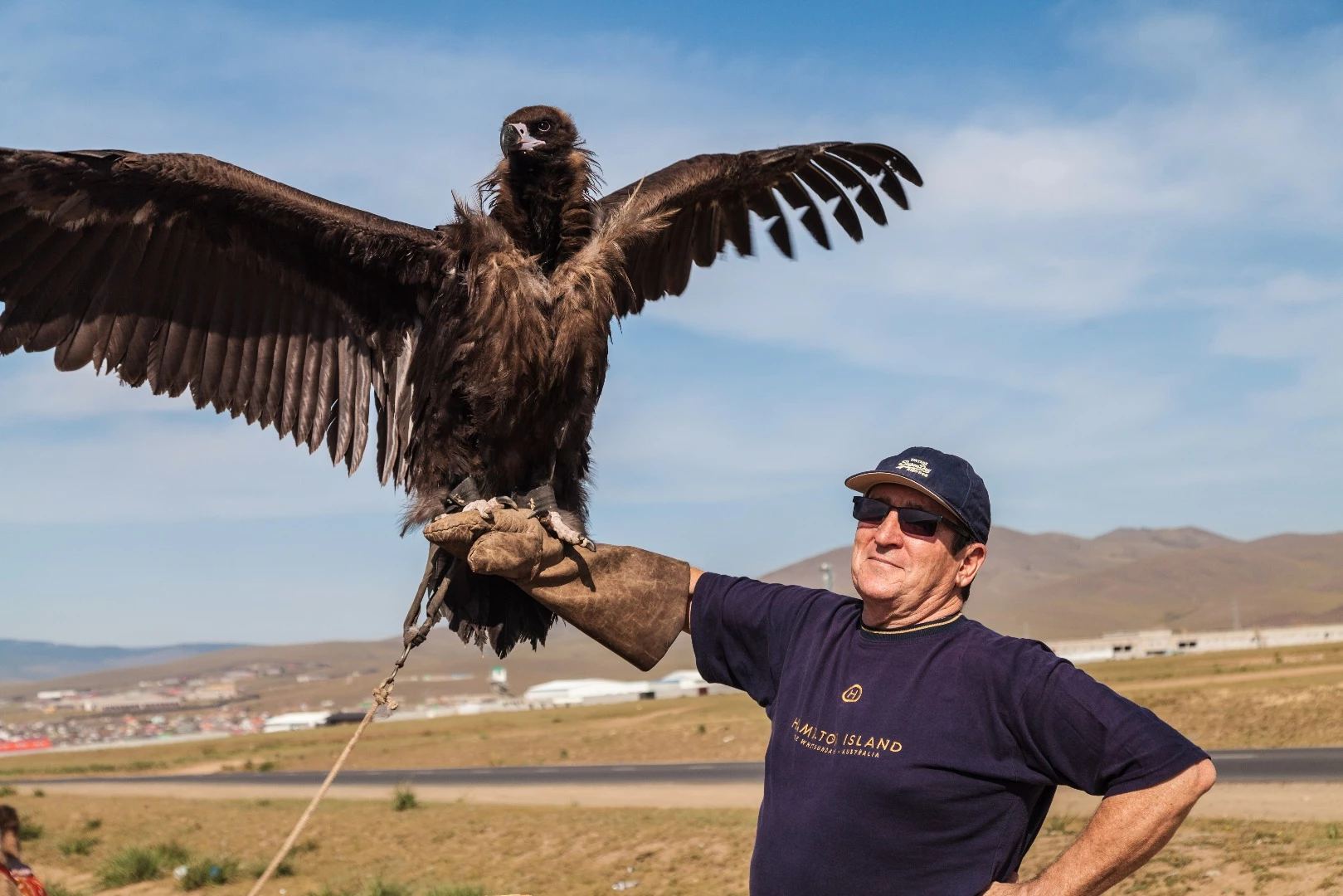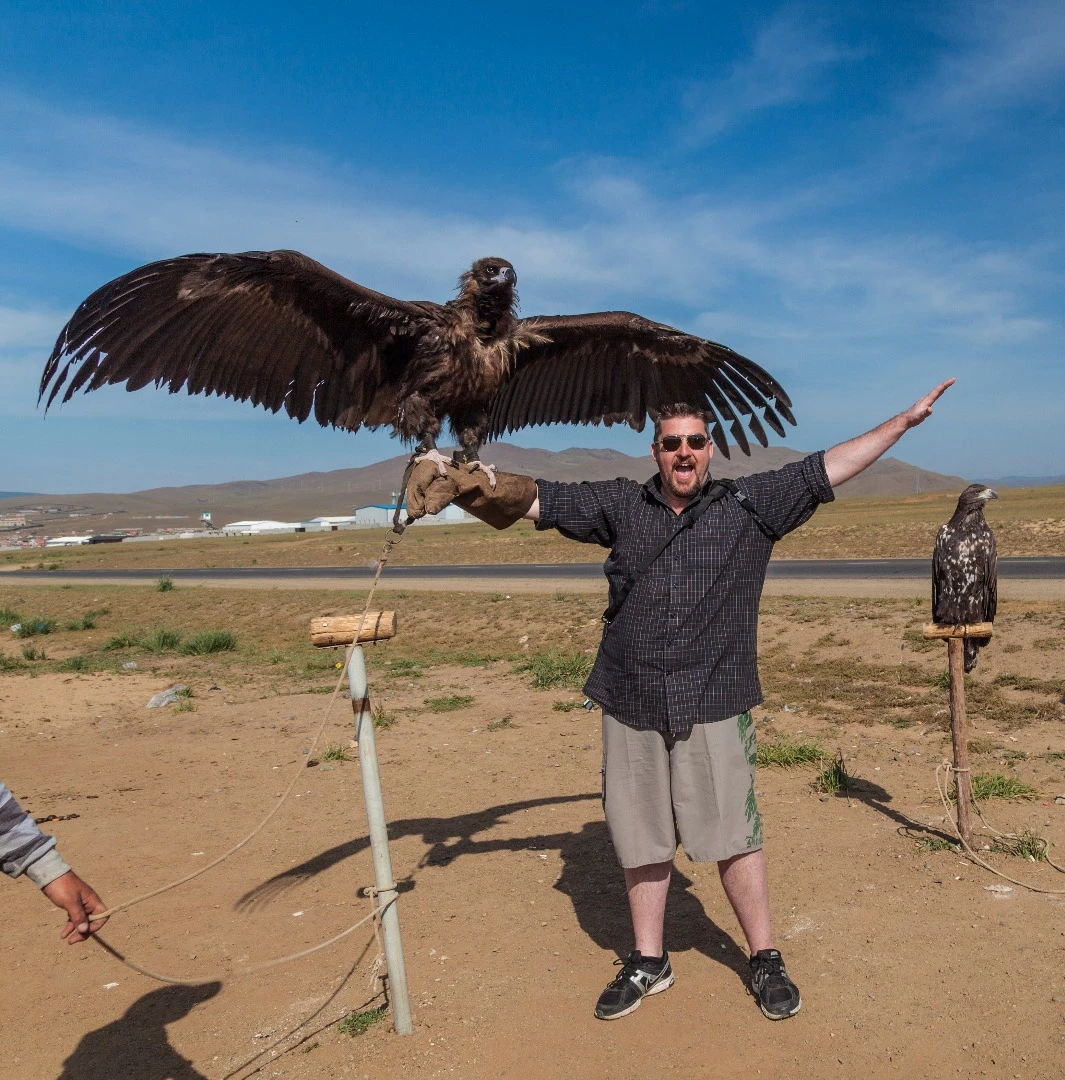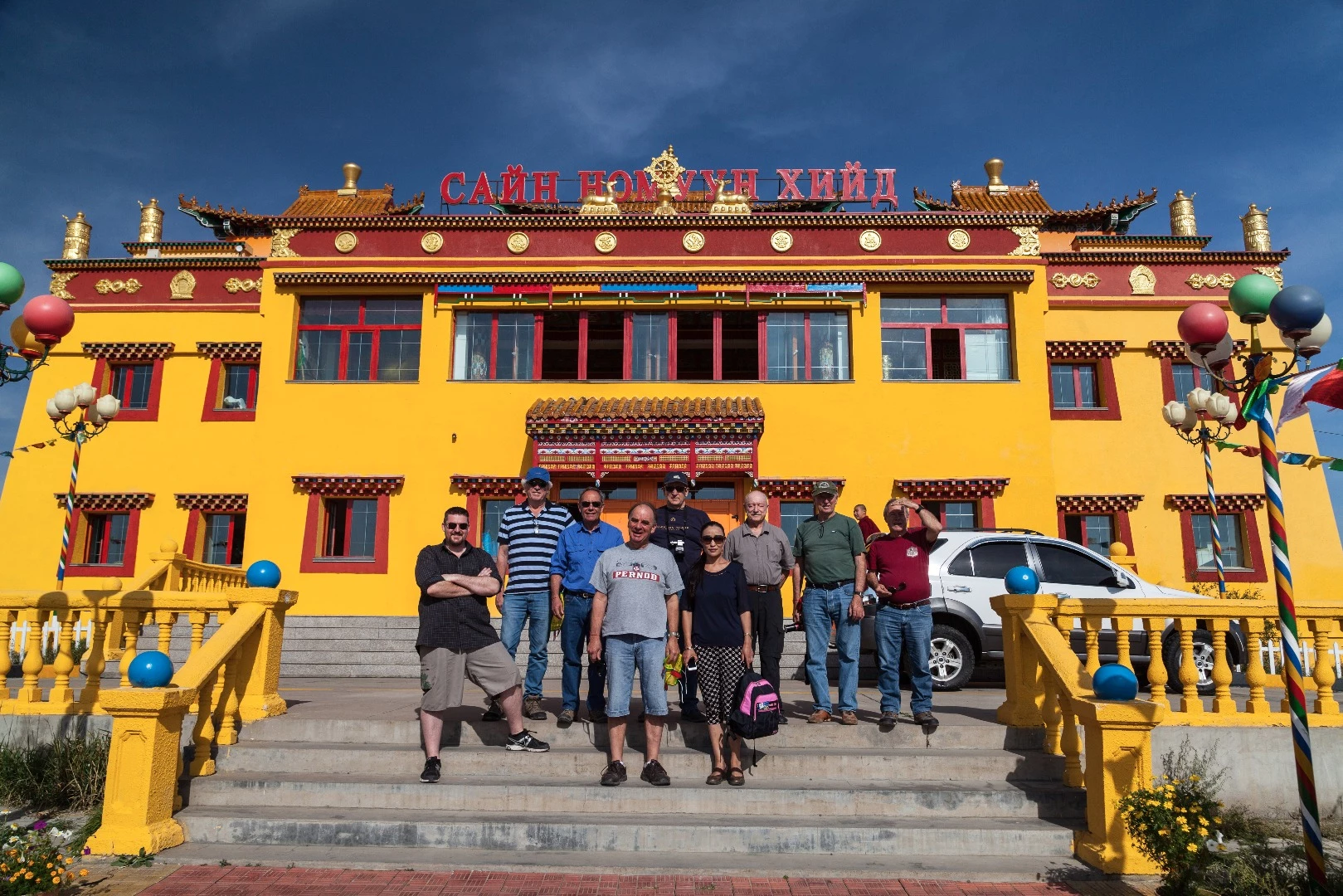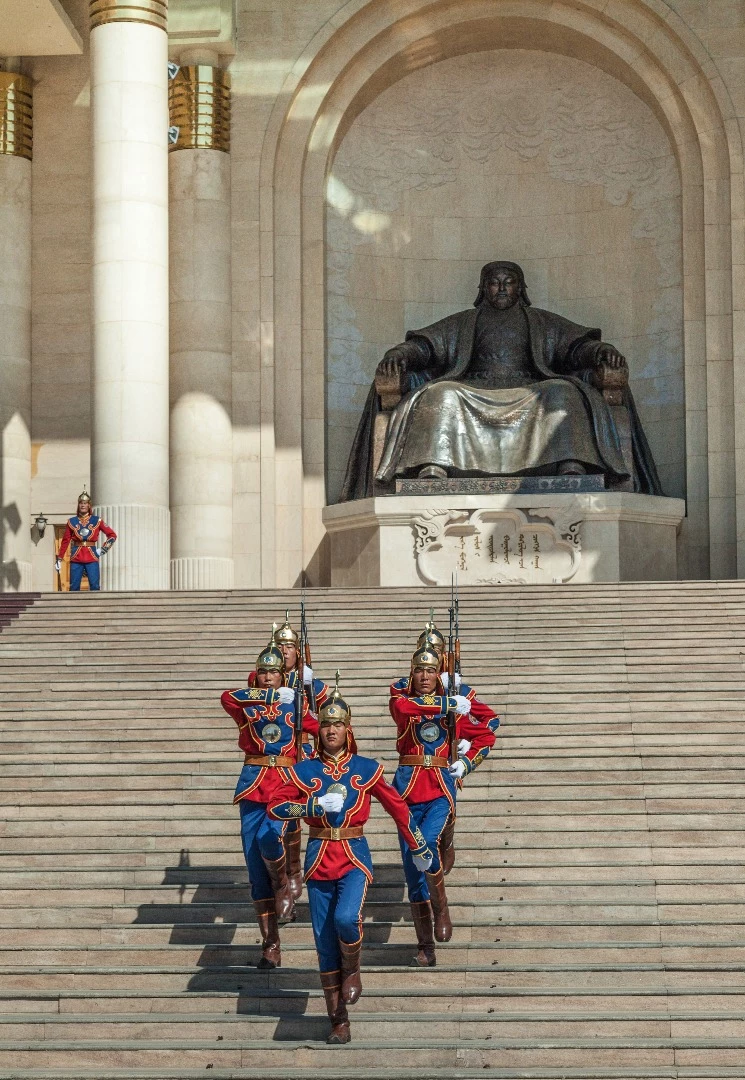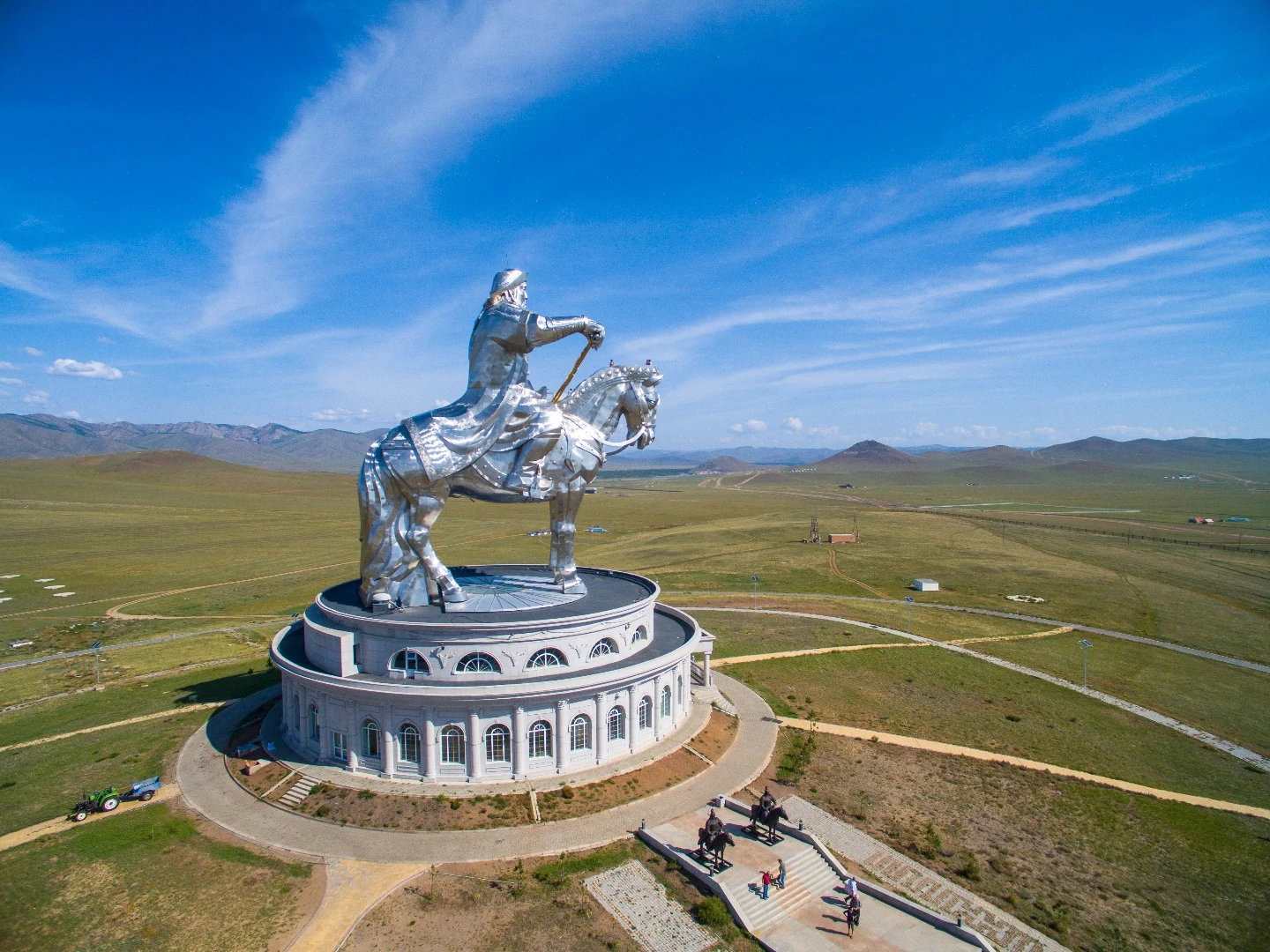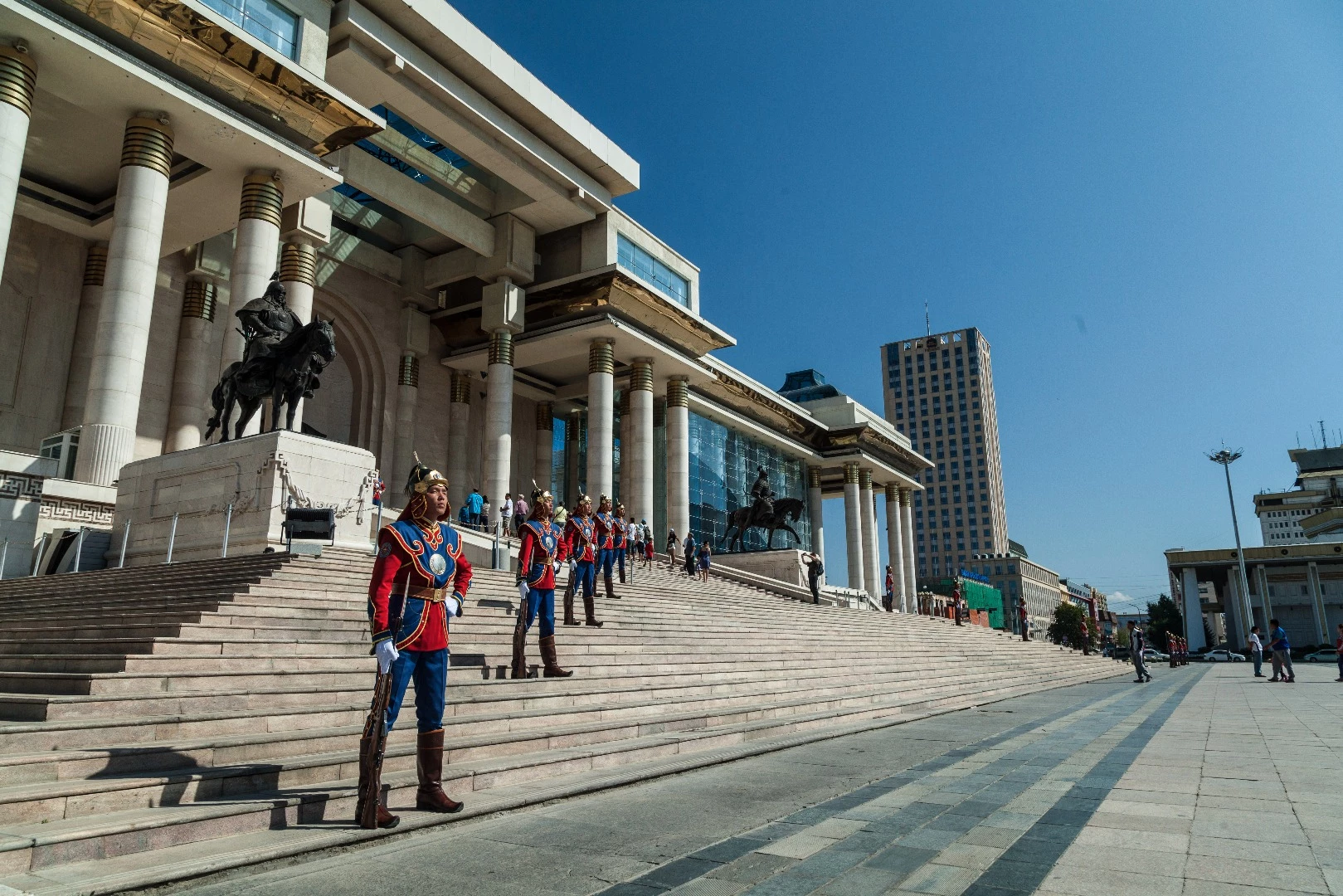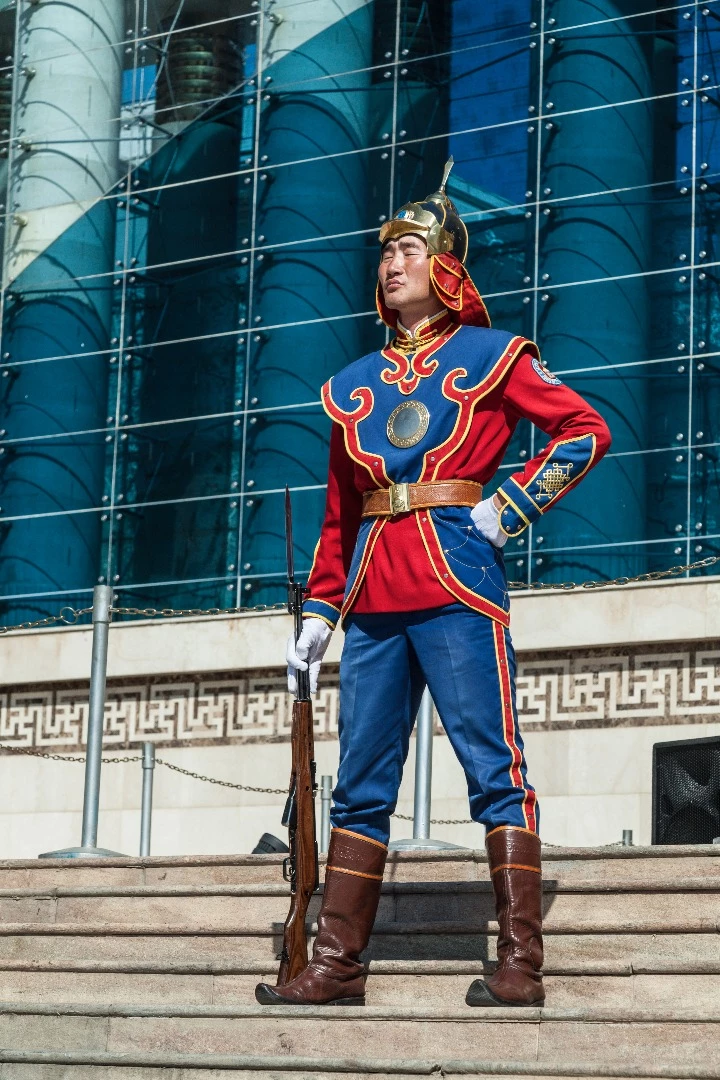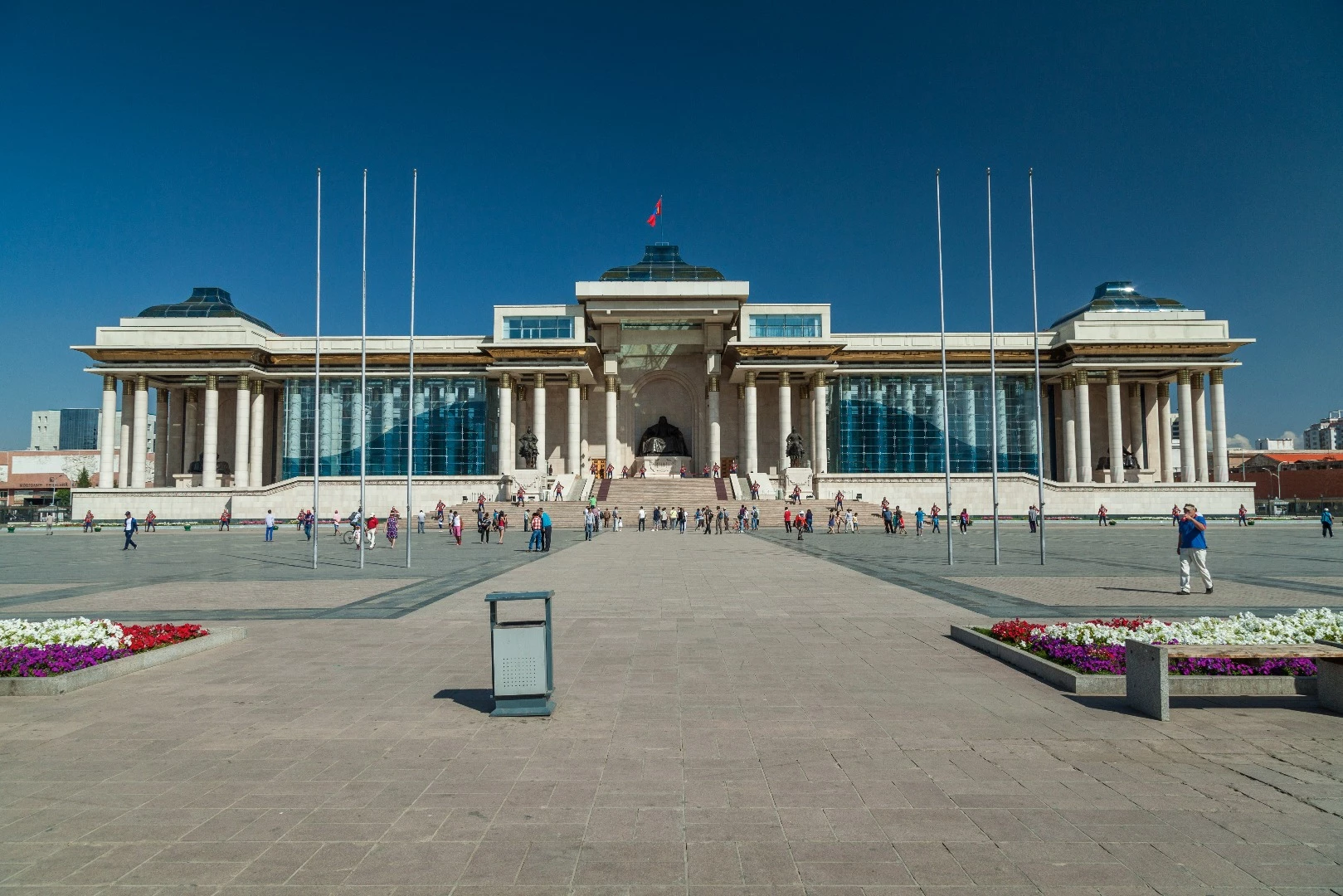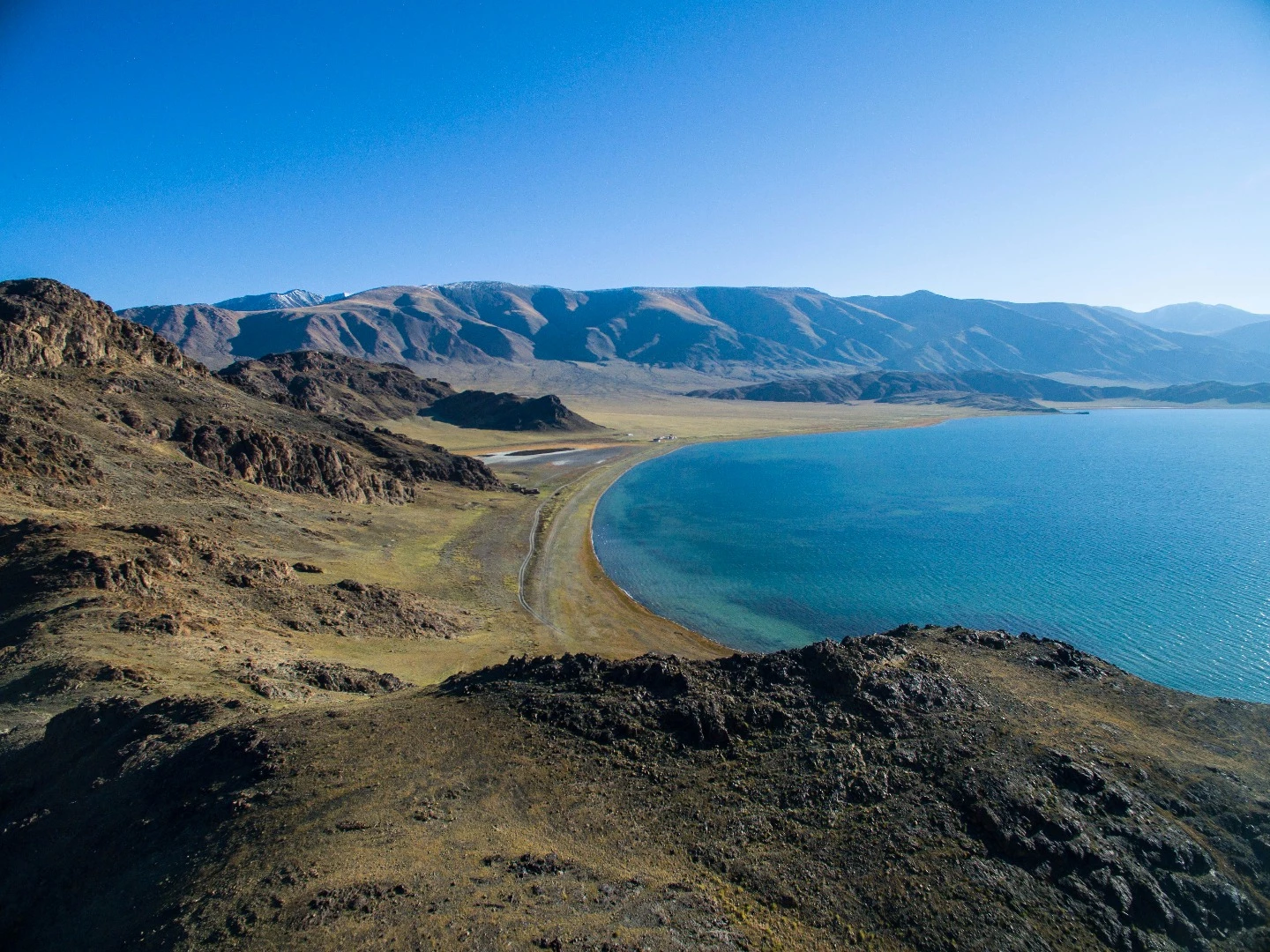Western Mongolia: one of the most sparsely populated areas on the planet. Unrelenting in its beauty and its harshness, it warps your sense of distance and scale, and redefines your concept of isolation and remoteness. And yet, it's teeming with life, from the thousands of wild and herd animals we cross paths with each day, to the omnipresent nomadic herders whose stark white yurts dot the landscape. Loz Blain spends two unforgettable weeks on the Mongolian steppe with a battered Royal Enfield Bullet motorcycle, as a guest of Extreme Bike Tours.
Planning a motorcycle tour through Western Mongolia looks to me like a tough job. Yes, there's some tarmac roads, but most of the best bits are a long way from bitumen, buried deep in a series of sandy tracks, grassy plains, mountain ridges, rivers and rocky trails. One night's rain can cause rivers to surge, cutting off half your routes – a few dry days and the sandy desert trails become so soft they're almost unrideable.
It's very handy to have a local guide on hand who can roll with the punches, get tips from the locals and switch things up at the last minute. And a van to carry my gear. And a ride-along mechanic who can keep my bike in good order after two weeks of heavy abuse. And a chef. And a charming lead rider who can teach me acro-balance yoga moves in my undies at rest stops.
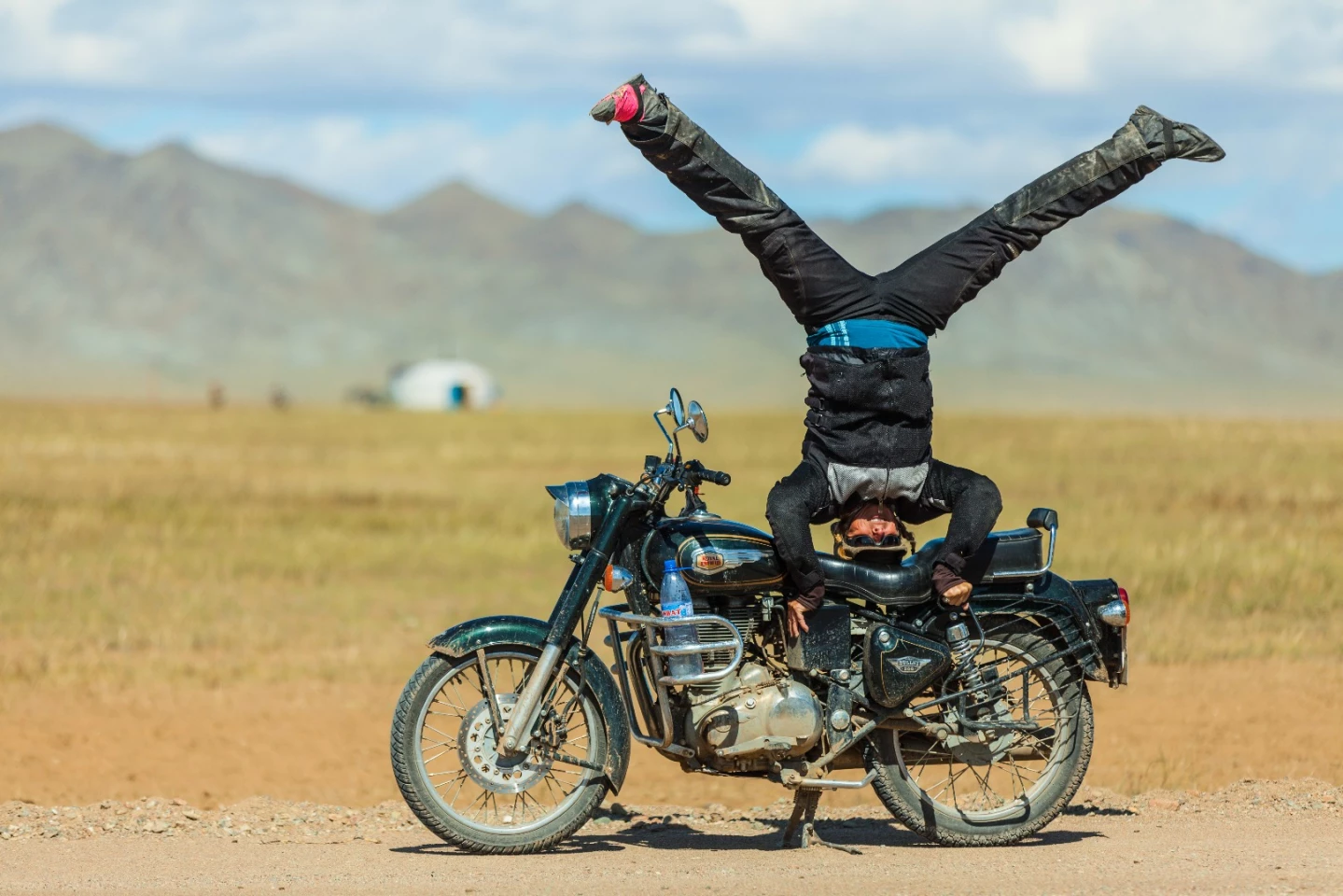
I'm in Mongolia as a guest of Extreme Bike Tours, a company which has built a considerable reputation on a range of motorcycle tours around the scenic bits of India, Tibet and Nepal. Mongolia is new territory for team Extreme, and it brings with it a new set of challenges.
Where India is chock-full of people, Mongolia is the most sparsely populated country on Earth. Just 3 million people live here, yet it's half the size of India. Half those people live in the modest capital city of Ulaanbaatar. So the countryside really redefines remoteness and isolation. If something goes wrong out here, you'd better be resourceful.
Then there's the weather. In late autumn, daytime temperatures can be a balmy 25° C (77° F) and upward – shorts and t-shirt time. But within minutes of the sun sinking behind a mountain range, the mercury plummets and the unprepared begin to freeze, especially if they only brought a 30-dollar sleeping bag with them. But what sort of idiot would do that? Ahem.

Then there's the storms. Our second night's campsite on the expansive shores of the Ulaagchiin Khar lake incurs the wrath of a ferocious thunderstorm. Everyone rushes to the mess tent and grabs a corner, holding the main tent down as the cooking tent is whipped away by furious winds. By the time morning comes, it's as if the storm never happened ... but we never find that cooking tent.
And of course, where there's few people, there's little infrastructure. We're on the bikes for nearly two weeks, and we see a total of maybe 100 kilometers (62 mi) of bitumen road. The rest is a combination of single and double trails, gravel, sand, mud and rocks. As roads fall into ruin with ruts, rocks and potholes, extra tracks fan out around them until sometimes there's 10 or 15 roads to choose from, all headed in the same direction, each a mystery until you're on top of it. We cross between three and five rivers a day. It's hard work. Of all the extreme bike tours Extreme Bike Tours runs, this is far and away the most extreme bike tour.

But what rewards you get for your risks! The Mongolian steppe is vast and empty and untamed, a fenceless expanse that warps your senses of distance and perspective and makes your heart sing for joy. And for an area so remote, it's absolutely teeming with life. Camels, yaks, sheep, cattle, goats, ibex and horses roam the plains grazing in spectacular numbers. Squirrels and marmots scurry underfoot, the latter leaving some nasty mounds and holes in the Earth that are best handled at full throttle. Hawks and eagles circle overhead, and the ground is thickly littered with the bones of the dead.
And wherever we stop, no matter how sparse and empty the setting, it's rarely more than ten minutes before some lonely cowboy spots us from his mountain perch and drops in on horseback or motorcycle to share lunch (or a vodka or two) and say hello. It's one of the unsettling yet strangely comforting truths about the steppe – you're never really alone, and somebody's usually watching you.

The traditional nomadic lifestyle is very much still followed in this place. Families live in those famous traditional yurts, or gers as they're called here. Each ger takes only a few hours to set up or pack down into a small truck, and herders move about four times a year to chase fresh grazing pasture and escape the worst of the weather. They're simple homes, made from felt, leather, wool, rope and some small wooden beams. Heaven knows where the wood comes from, we hardly see a tree in weeks, but the few nights we spend in gers prove them to be very warm and comfy.
This is not an historic trip, which is a pity, because I've spent 15 or so hours on the flights to get here boning up on the extraordinary conquests of Chinggis Khaan and his sons by binge-listening to Dan Carlin's brilliant Wrath of the Khans podcast series.

The great Khaan is everywhere in Ulaanbaatar. You land at the Chinggis Khaan International Airport, then cab it up Chinggis Avenue past the Chinggis Khaan Square to the Chinggis Khaan hotel, where you can grab a Chinggis beer and a pack of Khaan chips. There's a magnificent 40-meter (131-ft) tall stainless steel statue of the man about an hour's drive out of town, and he stares majestically at you from every banknote.
This man killed about 40 million people, laying waste to so much land in his conquests through Asia, Arabia and Europe that scientists believe he's an accidental eco-warrior, responsible for removing about 700 million tonnes of carbon dioxide from the atmosphere (about the equivalent of a year's worth of global petrol consumption at today's rates) just by returning so much land to nature. It's like visiting Germany and seeing a Hitler statue on every corner ... I guess multiple holocausts can be forgiven if you create trans-continental postal services and don't lose wars.
But once we land at Uliastai to get on the bikes, there's nothing to remind you that this was once the greatest, largest, and most feared empire on the planet. It's simple, tough living, hard work and wide open spaces as far as the eye can see. This is the land the great Khaan would send his soldiers back to when they'd been living abroad for too long, enjoying the spoils of victory. This is where he sent them so they wouldn't get soft.
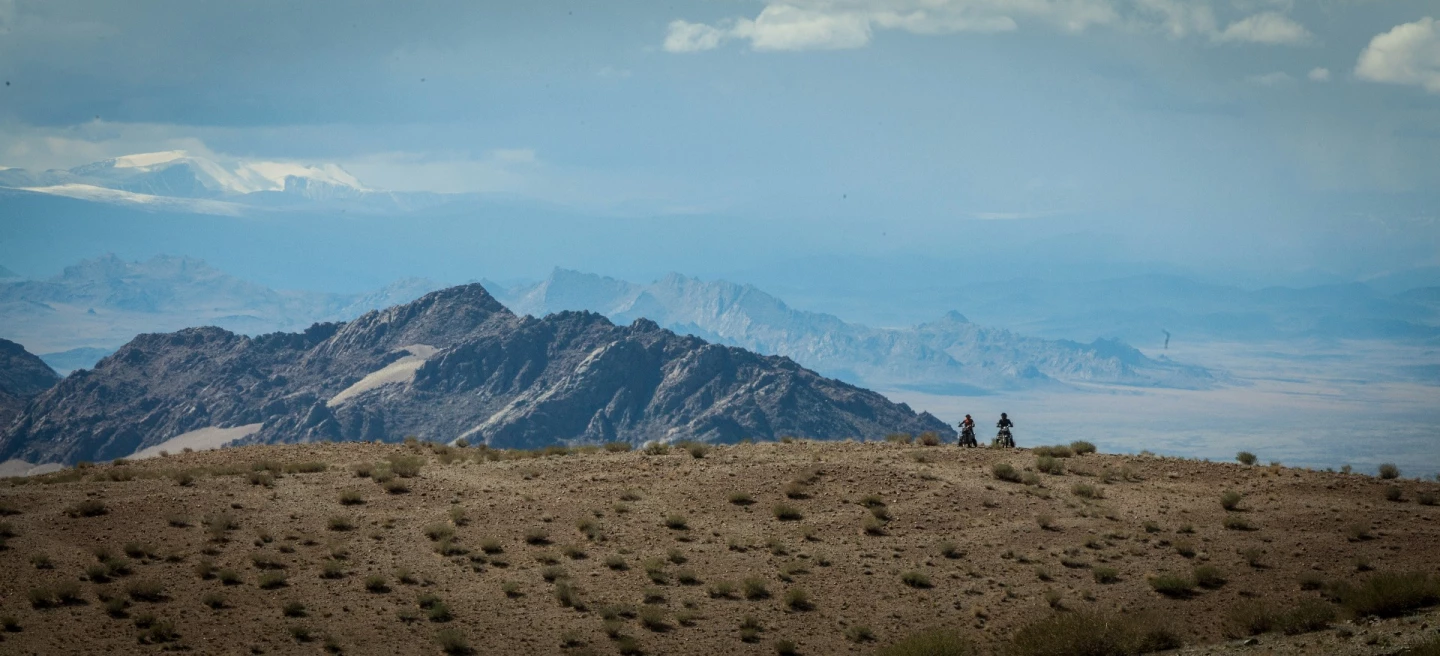
And even though the EBT team provide us with every practical luxury, there's no time for us to get soft either. Our Royal Enfield Bullet 500 motorcycles get an absolute pounding. Where the average trip in Tibet or India might see a total of three crashes through the whole group, in Mongolia it's pretty much three crashes minimum for everyone, including our ride leader and our team mechanic.
I wipe out spectacularly for my first crash in a deceptively deep mud puddle, and follow that up with a tumble in some soft sand a few days later. My gung-ho throttle-positive river crossing style serves me well for about 20 crossings, but nearly ends in tears on the 21st as I execute a jaunty 180-degree spin in the mud on the opposite bank.
Most of my ride companions are older gents, some in their 70s. Almost all have traveled with EBT before (an endorsement if ever I heard one) but all agree that Mongolia is the most grueling trip they've done. There's casualties; Howie staves in six ribs and punctures his lung; Dougie cracks another three ribs and his lung gets a bit gurgly too; Murphy bruises his sternum, the poor petal. And here, when things really turn to shit, is where team Extreme really shines. Insurance policies are activated. Telephone connections are found in the wilderness. Extra team members jump on the orphaned motorcycles and injured riders are moved by van to the nearest practical medical facility. In Howie's case, a medevac flight is chartered to get him back to Australia in one piece.
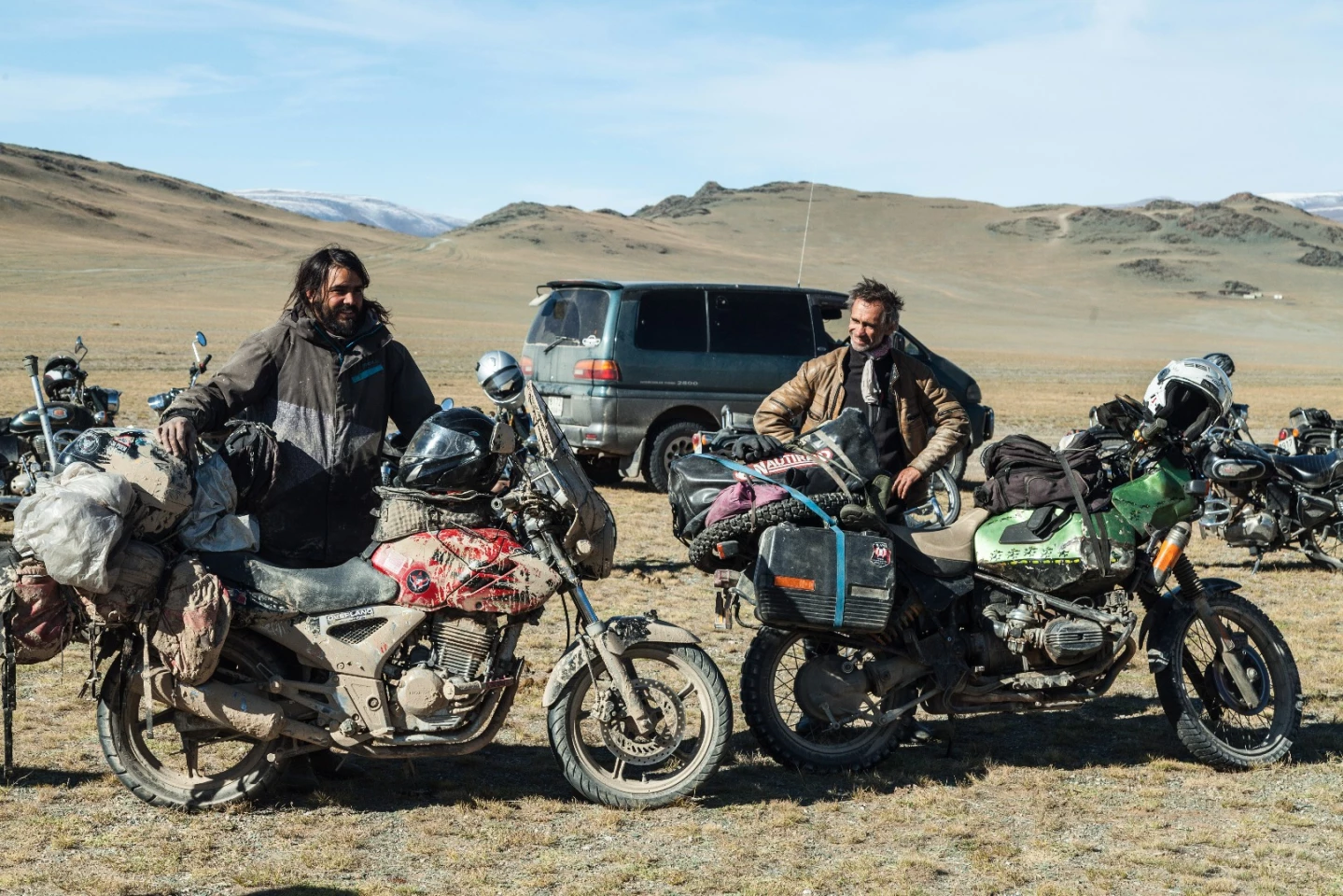
We get a chance to see the other side of adventure touring too, when we run into a couple of solo travelers doing it the hard way, with no support whatsoever. Without the benefit of local language or knowledge, they've only got maps to guide them, so they're sticking to the main routes and missing many of the most spectacular parts of the country. Their bikes are laden down with tents, spare tires, tools and luggage. One of them didn't quite make it across a river yesterday, and his bike sat in the rushing stream for a couple of hours while he hiked to find a ger with some locals he could pay to help him out. The other has no gloves, and lost his last pair of socks some weeks ago, so he's going without even as temperatures nudge toward freezing.
These guys immediately latch on with our group for the remainder of the trip, appreciating the cooked meals, warm camaraderie and well chosen routes our guide Jenya is picking out for us. And it's clear – while the solo riders are living the life, and we're just visiting it, we're the lucky ones here.
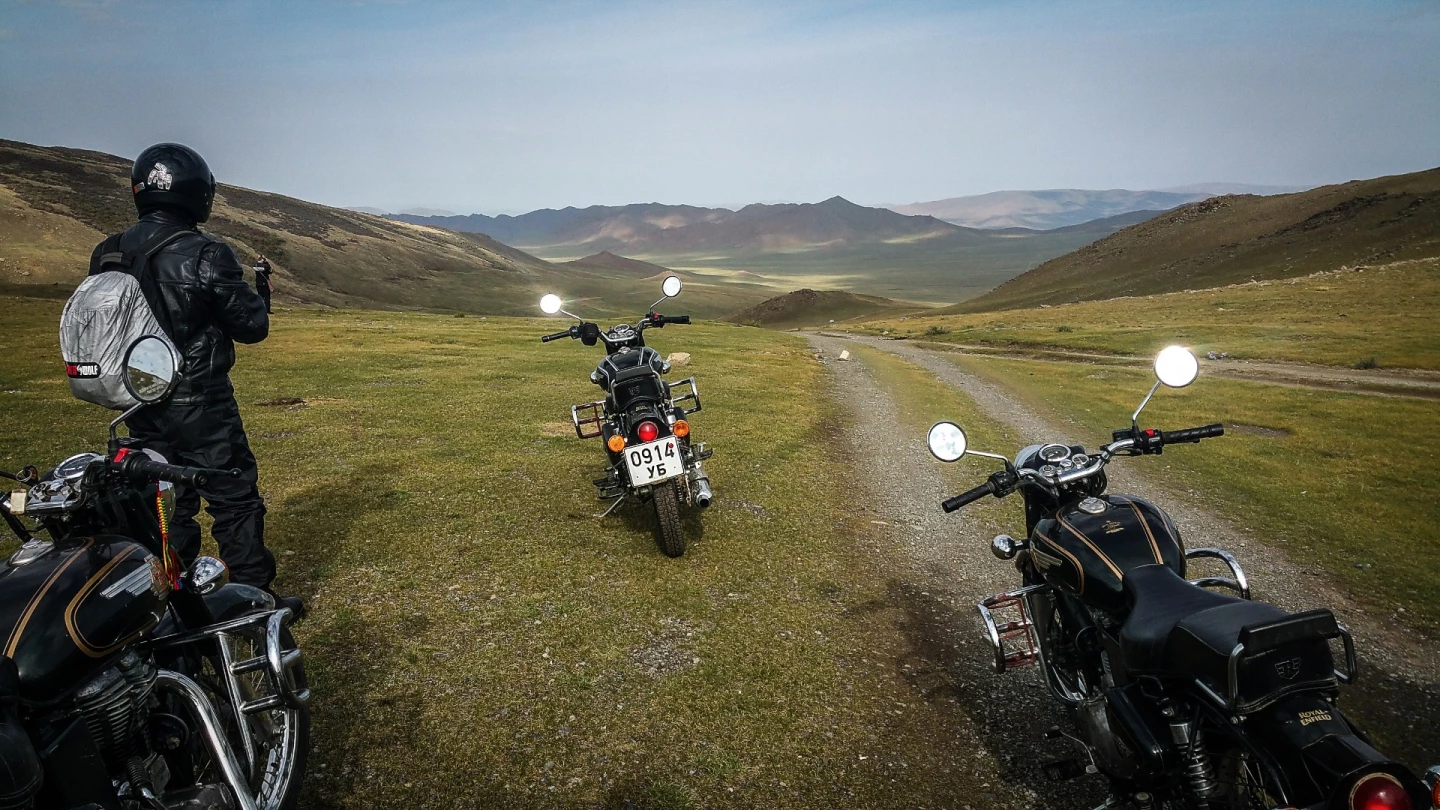
An Extreme Bike Tours trip is not a cheap way to see a country. All told, you won't get much change from ten thousand Australian dollars (US$7,000) once flights, alcohol and other extracurriculars are added in. But those of us that love motorcycles know there's no better way to immerse yourself in a new world than on two wheels, and I can't fathom how I'd ever have had the opportunity to see these amazing sights if I hadn't come on this trip. I feel like the luckiest guy alive, getting to see these sights before the Chinese finish their trans-Mongolian freeway project and make the whole country a ton more accessible.
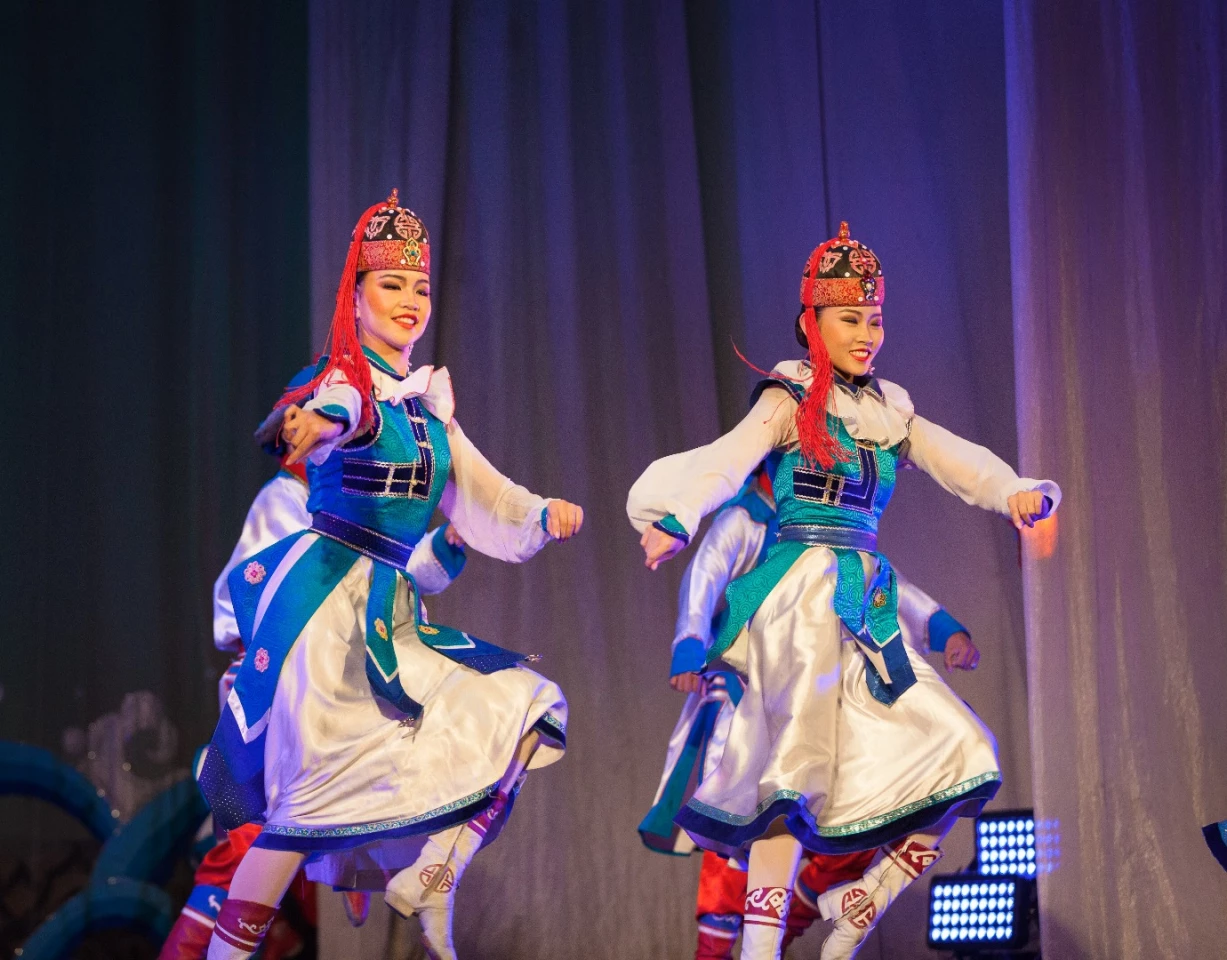
Ever since Ewan and Charlie put Mongolia on the motorcycle map with their Long Way Round series, I feel like it's popped up on a lot of bucket lists. I have to say it's everything it's cracked up to be, a unique and extraordinary experience and one of those rare "frontier" places that still feels relatively unspoiled. If you've got the know-how and the guts, by all means haul your own bike over there and have a stab at it – here's the rough route we followed, not that I think I'd be able to find those trails again:
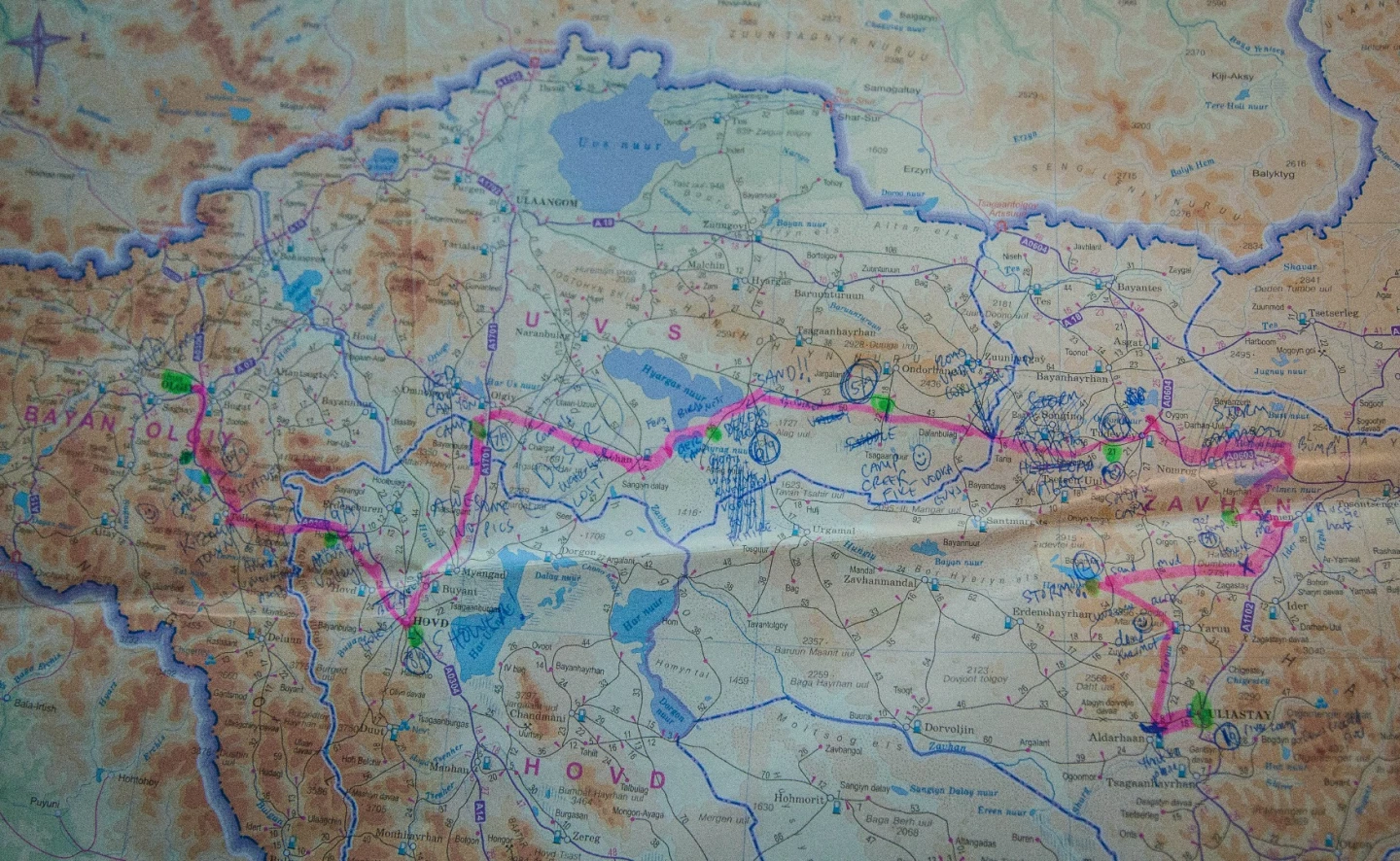
But if you want everything taken care of, from bikes to flights to tents and hotels and the occasional hot shower, to food and routes, to the right bribes for the right corrupt officials and, most importantly, emergency care in the event you need it … if you want all that and you've got the cash, Extreme Bike Tours offers an easier way that's still a real challenge.
Here's a short video I made of the trip :
Enjoy our enormous photo gallery, and for more information contact Extreme Bike Tours.
